|
4 My Ancestors is a cultural empowerment company founded by Megan Isaac and Pewi
Alfred, rooted in a deep commitment to healing, identity, and Indigenous resilience. Inspired by their ancestral teachings and a profound connection to their lands and people, 4 My Ancestors was created as a platform to uplift Indigenous voices through cultural revitalization, traditional knowledge, and spiritual wellness, shared through fashion. The mission of 4 My Ancestors is to bring back balance, healing, and inspiration to Indigenous communities by promoting love, respect, and a deep understanding of our roots. Guided by Indigenous teachings, the company believes that true healing begins with self-love, cultural reconnection, and honoring who we are. Through traditional values and spiritual practices, 4 My Ancestors encourages a healthy lifestyle grounded in cultural identity and ancestral wisdom. Together, Megan and Pewi share a vision to create space for cultural medicine, kindness, and compassion as powerful tools for healing and transformation. Their work actively addresses the impacts of intergenerational trauma while empowering the next generation to reclaim their stories, traditions, and self-worth. Looking to the future, 4 My Ancestors is committed to expanding its impact in Indigenous fashion, wellness, and education. Every project, collaboration, and creation serves as a bridge between past and future, honoring the ancestors while inspiring future generations to walk in strength, pride, and cultural truth. We are proud to host them as featured designers at the QICS Indigenous Fashion Gala 2025 as part of the West Coast Elders' Conference in Courtenay, BC, May 28, 2025. We look forward to hearing inspiring words from Monique Gray Smith in her talk, Braiding Sweetgrass: Love is Medicine, at the QICS West Coast Elders' Conference in Courtenay, British Columbia. She will bring words of love and hope to our Elders to bring back to share with our communities.
Monique is a mixed heritage woman of Cree, Lakota, and Scottish descent and is the proud Mom of twins. She is an award-winning author, speaker and sought-after consultant. Monique has been running her business, Little Drum Consulting since 1996. Her career has focused on fostering paradigm shifts that emphasize the strength and resiliency of the First Peoples in Canada. Monique’s first published novel, Tilly: A Story of Hope and Resilience won the 2014 Burt Award for First Nation, Métis and Inuit Literature and her first children’s book, My Heart Fills with Happiness won the 2017 Christie Harris BC Book Award for Children’s Literature. Her latest release, Speaking our Truth: A Journey of Reconciliation is currently being used across the country as a tool to educate the hearts and minds of both young and not so young readers. Monique has been sober and involved in her healing journey for over 26 years and is well known for her storytelling, spirit of generosity and focus on resilience. For more information, visit www.komoksfestival.com or search for the West Coast Elders' Conference on Eventbrite for full details on the conference and Monique's talk. Calling all Cedar Weavers & Those Who Want to Learn!
We will be hosting a Traditional Cedar Hat Weaving Workshop with respected Kwakwaka'wakw Master Cedar Weaver, Tiger Leonard Williams, at the close of this year's West Coast Elders' Conference. This will be a chance to sit with a Master Weaver with everything prepared for you to Begin, Learn, Laugh and Finish a Cedar Hat following Kwakwaka'wakw This will be a chance to sit with a Master Weaver with everything prepared for you to begin, Learn, laugh and finish a Cedar Hat following Kwakwaka'wakw Tradition. We will share in laughter, learning and Kwak'wala language as we weave together to create works of wearable art you will be proud to wear. Traditional Weavers of the Northwest Coast each have their style, weaving techniques, designs, and practices. It is a skill passed down through generations, and Tiger Leonard Williams honours us with this gift. You will learn about the cultural and material significance of Cedar and gain hands-on experience. We have two workshops happening ongoing throughout the day: Our Cedar Hat Weaving Workshop runs from 10:00 AM to 6:00 PM, with a Lunch Break from 12:00 PM to 1:00 PM. Our Bracelet Workshops run throughout the day. Drop in for bracelet times from 11:00 AM to 5:00 PM. You get to keep your bracelet and hat to enjoy for years to come. You will wear them with pride, knowing they were made by your hand! Note: the Queneesh Indigenous Society West Coast Elders' Conference is for First Nation, Métis and Inuit Elders Only. The Cedar Weaving Workshops on Thursday, May 29, 2025, are open to everyone. The workshops are held outside at the Crown Isle Resort in Courtenay, British Columbia. For more information, email [email protected] Attention all Artisan Market Vendors. Join in for the QICS 'Hase Indigenous Artisan Market, Courtenay, BC, on May 29, 2025. This will be a market of talented artisans and those sharing information important to our communities.
To register your spot, follow the link below: https://www.eventbrite.ca/.../qics-hase-indigenous... #vendor #marketplace #courtenay #vendorswanted #artisan #queneesh #indigenous 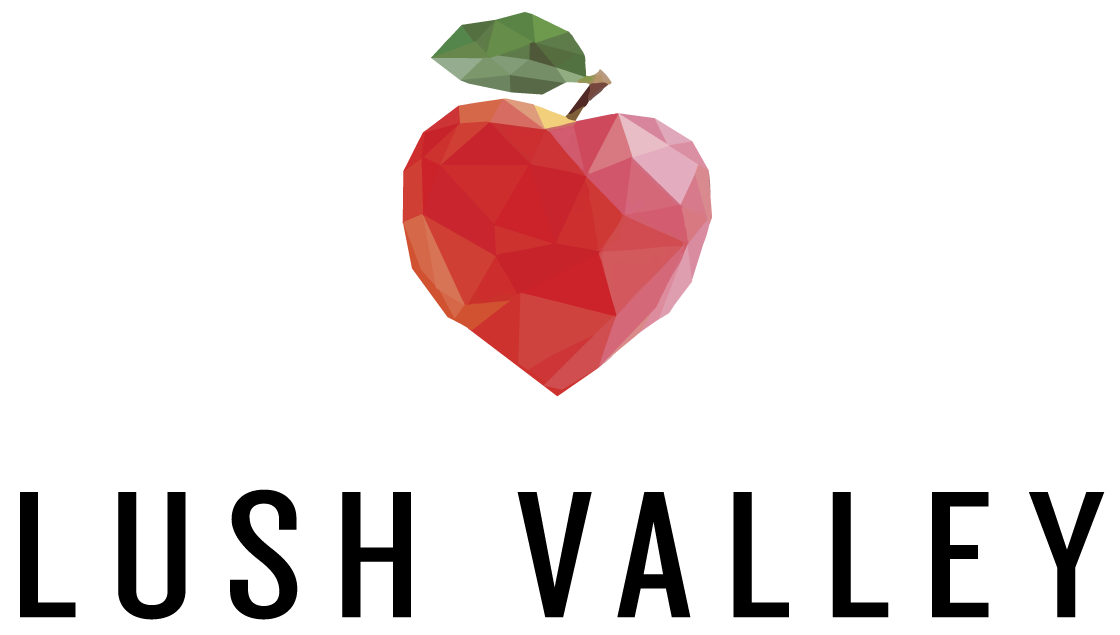 LUSH Valley is a proud member of the Island Food Hubs, a group eight of food access organizations from all across Vancouver Island. Recently, leaders from each organization, along with Public Health and Indigenous Dietitians gathered in Port Alberni to share challenges and opportunities, and discuss ways to collaboratively address food insecurity and promote the health of urban, rural, remote and Indigenous communities on Vancouver Island. They toured the Hupacasath First Nation Community Farm and The Dock Plus to learn more about local food initiatives in the Alberni Valley and left feeling incredibly inspired! Thanks to AV Food Society for hosting, and Grassroots for feeding everyone so well – it wouldn’t be a Food Hubs gathering without delicious, nourishing local food. Check out each of the Island Food Hubs to see the exciting and unique work being done in food security all across Vancouver Island, from Victoria to Port Hardy: @avfoodsociety Capital Region Fair @clayoquotbiosphere @cowichangreencommunity @greenwaystrust Kwakiutl Health Centre @lushvalleyfood @nanaimofoodshare The Queneesh Indigenous Community Society would like to thank Lush Valley for their ongoing commitment and support of all of our communities! Gilakas'la—we love you guys! 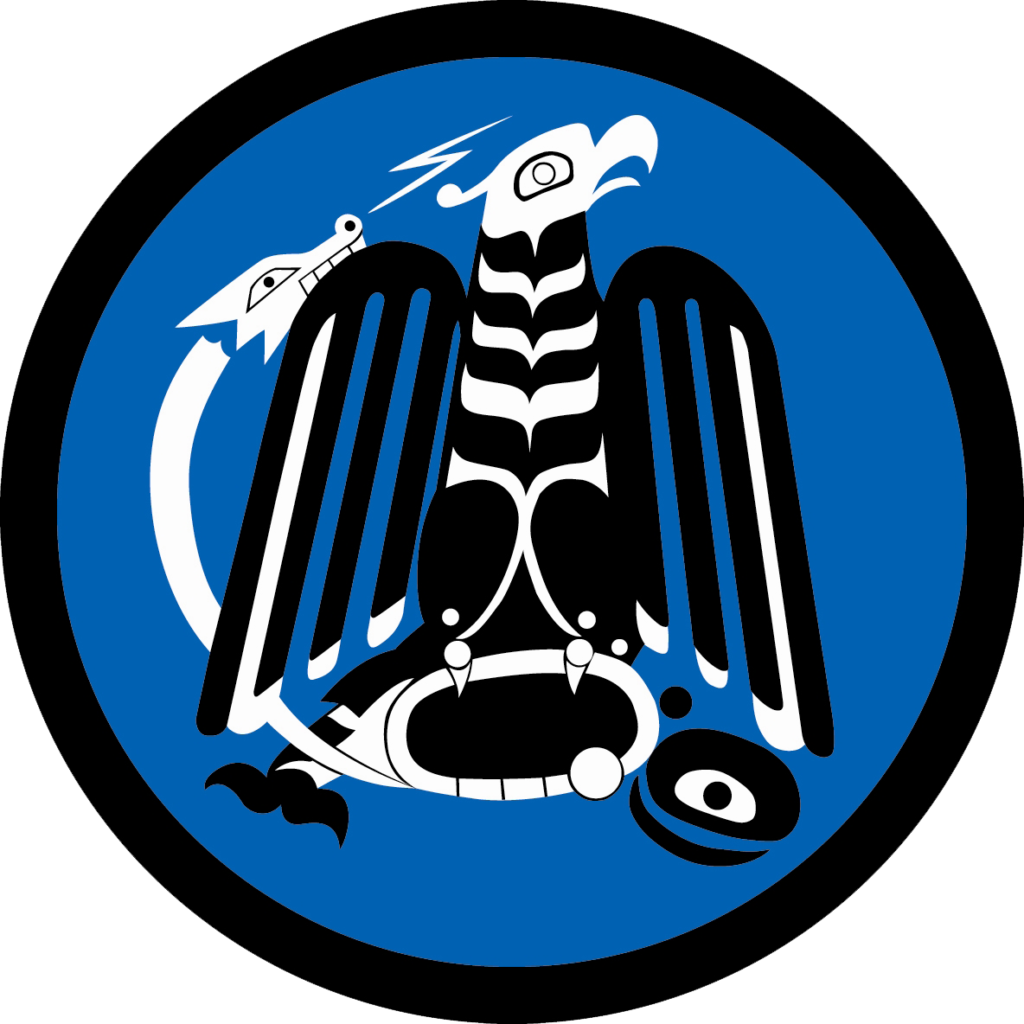 ʔuuʔatumin yaqckʷiimitqin in Nuu-chah-nulth which translates to Doing it for our Ancestors is a project led by Tseshaht First Nation working to heal and bring answers to those affected by the Alberni Indian Residential School (AIRS). We welcome Andrea Pettigrew, Records Coordinator and Leanne Harding, Engagement Coordinator, members of the their team of supportive and caring individuals committed to researching AIRS history and reporting truthful findings will be on hand at the conference to share about their important work. To connect with them, visit https://tseshaht.com/airs-team/ We are thrilled to welcome waakiitusis Nitanis Desjarlais, the Indigeous Foodie Mamma to the West Coast Elders' Conference. She will be offering a workshop on Traditional Plants for Food and Medicine.
Nitanis’ ancestry stems from Northern Cree territory (Fort McMurray First Nation) and she was raised in the northwest coast (Tsimshian) territory. Nitanis has emerged as a gifted storyteller and videographer with many documentaries and artistic interpretations of indigenous issues and values. Her videos and films have been showcased internationally. Her current focus is placed upon her family and community within nuučaan̓uł territory. Nitanis avidly explores the diverse medicines and traditional foods. She shares teachings with a hands-on approach with communities and organizations and practices this craft with her children on a consistent basis as a way of life. waakiitusis Nitanis Desjarlais will be with us on Wednesday, May 28, 2025 for our afternoon workshops and programming. We look forward to learning, sharing and tasting her delicious fare! To learn more about her work, visit: https://nuuchahnulthlivingarchive.com/person/waakiitusis%E2%80%8B-nitanis-desjarlais QICS NOTICE FOR ANNUAL GENERAL MEETING
6:30 PM, May 14 2025 | K’ómoks Hall | 3330 Comox Road Queneesh Indigenous Community Society formed May 15, 2024 Please join us for a review of the past year, including Reports and Financials, and Updates on 2025 Events & upcoming Programs! Pizza, Snacks & Beverages will be available complimentary; doors open at 5.30 PM We hope you can attend! There will be a DOT survey happening throughout the AGM; this will provide QICS with important information on how to support community and interest in programs. This is your chance for input for local Indigenous programs and community support ~ WE NEED YOUR VOICES! Children Welcome ~ Child Minding will be on site for those participating in the AGM QUENEESH INDIGENOUS COMMUNITY SOCIETY MANDATE: 🌿 Host Indigenous cultural awareness and educational opportunities for Indigenous and non-Indigenous people through arts and language workshops and healing programs. 🌿 Share a safe space to network, expand and work together to create opportunity in culture, language and reconciliation. 🌿 Advancing Indigenous people through in Indigenous culture, health and economic prosperity. 🌿 Connect Indigenous people to services that create opportunity in culture. 🌿 Facilitate capacity building and awareness of programs and funding options available to access grants in infrastructure, environmental stewardship, artistic development, mentorship, cultural expression, language revitalisation and heritage 🌿 Foster a sense of pride in our shared heritage through mentorship and the transfer of traditional knowledge and culture. Thank you for your consideration & support! Please join us to help build additional community support! Gilakas'la ~ Emote ~ Marsii FMI | Kat Frank, Board Secretary | 250.650.7271 | [email protected] 2025 West Coast Elders' Conference Highlights: Nancy J. Turner, PhD, OC, OBC, FRSC, Emeritus Professor | Renowned Ethnobotanist | Advocate for Indigenous Knowledge Systems
From Taking to Tending: Looking after the Lands, Looking after the Plants – a Learning Journey Ethnobotanist Nancy Turner shares her understanding of how the First Nations in our region and beyond carefully tended and cultivated plants, animals and landscapes— not as “hunter-gatherers” as she had been taught in Anthropology. ........................................................................................... Nancy Turner is one of the world’s leading ethnobotanists, celebrated for her groundbreaking work at the intersection of botany, ecology, and Indigenous knowledge. For over five decades, she has collaborated with First Nations Elders and cultural knowledge holders in western Canada, working tirelessly to document, protect, and celebrate traditional knowledge about plants, environments, and land stewardship. Nancy’s research explores how Indigenous Peoples have long managed and cared for their lands, integrating deep cultural wisdom with sophisticated ecological practices. Her work illuminates the critical roles plants and animals play in traditional food systems, medicine, ceremonies, language, and belief systems. Through her collaborative approach, she has helped communities reclaim and sustain their rich cultural heritage, while also bringing Indigenous perspectives to the forefront of ecological policy and governance. In 2015, Nancy was awarded the prestigious Pierre Elliott Trudeau Fellowship. With this support, she led a landmark symposium—Affirming Indigenous Peoples’ Land Rights with Ethnoecology and Ethnobotany—bringing together leaders and scholars to explore strategies for advancing Indigenous land rights in Canada. This important work culminated in the edited volume Plants, People, and Places (McGill-Queen’s University Press, 2020), now recognized as a key resource in the field. A prolific author, Dr. Turner has written, co-written, or edited more than 30 books and over 150 scholarly publications. Her acclaimed two-volume work, Ancient Pathways, Ancestral Knowledge, synthesizes her life’s research and was honored with the Canada Prize in the Social Sciences. Other well-known titles include Plants of Haida Gwaii, The Earth’s Blanket, Saanich Ethnobotany, and “Keeping it Living”, among many others. Nancy’s contributions have been recognized with numerous awards and honors, including membership in the Order of British Columbia (1999) and the Order of Canada (2009), as well as honorary doctorates from Vancouver Island University, the University of British Columbia, the University of Northern British Columbia, and Simon Fraser University. With a lifelong commitment to bridging cultures and fostering respect for Indigenous knowledge and ecological wisdom, Nancy Turner’s legacy continues to inspire new generations of researchers, community leaders, and policy-makers. We are honoured to have Dr. Turner as a Featured Speaker sharing her wisdom at the 2025 West Coast Elders' Conference from 1:30 - 2:30 PM on May 27, 2025. Coast Salish Elder Raymond Tony Charlie, Penelakut Tribe, is a deeply respected educator, artist, public speaker, author, and residential school survivor who pours his heart into holistic healing as a path toward true reconciliation.
In 2012, he courageously offered his testimony during the Truth and Reconciliation Commission hearings in Duncan, B.C. Elder Ray Tony’s passion for sharing knowledge and guiding meaningful dialogue has made him a beloved mentor on reconciliation. In June 2021, he joined fellow Coast Salish Elder Florence James for a Listening Circle hosted by POLIS, where their wisdom and perspectives helped participants deepen their understanding of what reconciliation calls us to do, here and now. Over the past several years, Elder Ray Tony embraced the monumental task of writing his personal story and healing journey—an honest testament to survival and resilience. His memoir, In the Shadow of the Red Brick Building, was published by Askew Creek Publishing in May 2022. On June 2, 2022, POLIS and the Centre for Global Studies honoured him with a special book launch event, recorded so that anyone eager to learn about the residential school system and reconciliation in Canada could benefit from his teachings. We are profoundly grateful to have Elder Ray Tony Charlie join us at the West Coast Elders' Conference. By generously sharing his experiences and insights, he continues to inspire hope and courage on our collective journey toward healing and reconciliation. Ray Tony Charlie will be with us on Wed, May 28, 2025, at the Crown Isle Resort and Golf Community from Noon to 3:30 PM. Link to purchase his book on Amazon: https://www.amazon.ca/Shadow-Red-Brick.../dp/1999148118 We are honoured to share new possibilities for health with Heiltsuk physician, Dr. Don Wilson, in his inspiring talk on Food as Medicine.
Dr. Don Wilson is a member of the Heiltsuk Nation, with ancestral ties to the Haisla and Kitasoo-Xaixais Nations. He was born and raised in Bella Bella, British Columbia. He will share how healthy food can truly be medicine—nourishing our bodies and supporting our health. Supported by a grant from the Institute of Personalized Therapeutic Nutrition (IPTN), he will share how making thoughtful choices about ingredients and cooking methods can transform your wellbeing. As well as making this talk possible, IPTN, has sponsored free access to their Foundations Course for all interested conference attendees. IPTN is a not-for-profit collaboration between researchers, academics, practitioners, health decision-makers, and the patients we serve. As Canada’s first charitable organization dedicated to the advancement of evidence-based, personalized therapeutic nutrition, IPTN serves as a catalyst, rapidly moving new evidence from research to practice through training programs, professional leadership, and engagement. The adoption of food-based approaches to treat chronic diseases has the potential to reduce unnecessary suffering and health care costs, and dramatically improve health outcomes and quality of life for Canadians. They advocate for therapeutic nutrition as a fundamental and required aspect of patient care. We applaud their efforts and know that blending Indigenous ways of knowing with western medicine will strengthen our communities—and our health! To learn more about the work of IPTN, visit: https://www.therapeuticnutrition.org/about-iptn The Queneesh Indigenous Community Society is thrilled to host Bruce Alfred – Master 'Namgis Kwakwaka’wakw Artist — for a Bentwood Box Making Workshop: Balancing Formline & Curving Wood.
Have you ever wondered how Indigenous artists craft those masterful works of artistry known as the Bentwood Box. How do they hold together? Is it glue, nails, or magic? In truth, it's none of the above. The box is formed from a single piece of wood, grooved, steamed and bent into its final shape using hand tools and pure, inspired talent. Join Bruce Alfred, respected Kwakwaka'wakw artist and carver of the 'Namgis for a special Bentwood Box Demonstration Workshop at this year's West Coast Elders' Conference. Bruce Alfred hails from "Yalis, Alert Bay on Cormorant Island off the north coast of Vancouver Island. His crests are Whale and Sun, Sisiutl, Raven, Thunderbird, and Kulus—the down-covered bird and younger sibling of Thunderbird. Bruce comes from a long line of some of the most talented artists on the West Coast. He has worked with and been mentored by many names you will know—Tony Hunt, Doug Cranmer, Richard Hunt, Beau Dick, Wayne Alfred, Bill Reid and his brother Harold Alfred. Each name holds our respect and that list taken together requires a deep breath to consider— the talent, mastery and knowledge held between them—we are awed. Bruce has produced many masterful works in his career and contributed greatly to many hugely significant projects—the replica building of a Haida village with Bill Reid and Doug Cranmer, his work in "Yalis, Alert Bay, including the restoration of the Mortuary Poles. We are hugely grateful to Bruce for his generosity is sharing his art, his stories, and his craft with all of us at his Bentwood Box Demonstration Workshop. It is an event not to be missed! Bentwood Workshop: 10 AM to 12:30 PM on Thursday, May 29, 2025, as part of the West Coast Elders' Conference in Courtenay, BC, at the Crown Isle Resort. 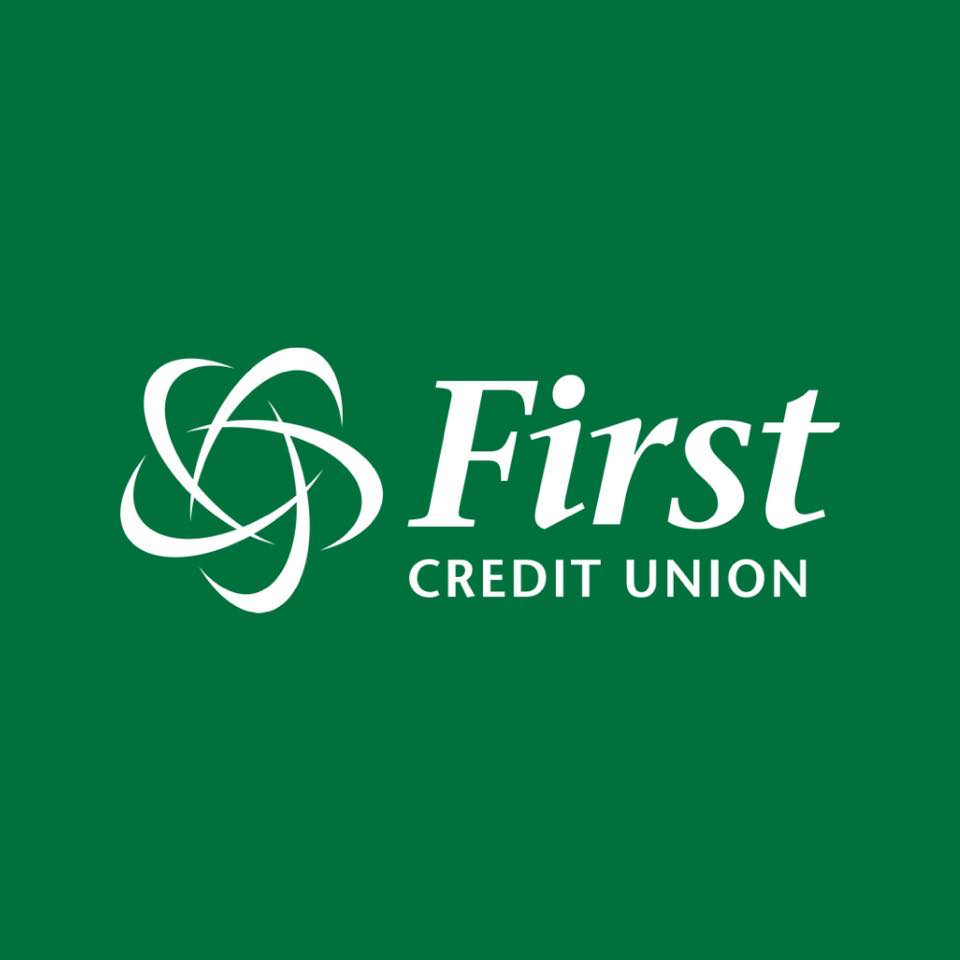 A huge gilakas'la to the First Credit Union for their Impact Donation towards the West Coast Elders' Conference. First Credit Union is a community owned, cooperative financial institution with branches in Powell River, Texada, Cumberland, Courtenay, Union Bay, Bowser and Bowen Island. Incorporated in 1939, they are the first credit union founded in British Columbia. We have been more than thrilled with their services in helping Queneesh with our banking and are deeply honoured by their support of the conference! Their work helps individuals, businesses—and the environment! First Credit Union is a BC Green Certified Business. If you are looking for banking services, give them a call or visit them online at FirstCu.ca In the soft light of a winter morning, deep in the heart of his home, Secwépemc Knowledge Keeper Gerry Thomas sits in quiet ceremony. His hands, steady and weathered like old cedar, move with purpose. In this sacred space—his humble basement workshop—he brings to life a practice gifted by his ancestors: the weaving of cedar bark baskets.
The warmth of the wood stove hums, and a distant melody plays on the radio, but it is the ancestral songs carried in his spirit that truly guide him. As his hands braid the bark, he remembers the teachings of his grandmother Christine Allen and his mother, the late Elder Mary Thomas. Their voices live on in him, like whispers in the wind, telling stories not only of survival—but of deep reverence for the land, the seasons, and the sacred circle of life. This is no mere craft. This is a sacred act of remembering. Thousands of years ago, before the world was covered in roads and noise, the People—the Secwépemc—wove baskets with the same love and intention. Near the village of Pritchard, where the land still breathes the old songs, burial baskets have been found resting 15 to 20 feet beneath the Earth’s skin. Elders and archaeologists alike believe they are more than 8,000 years old. These baskets carried food, medicines, and sometimes, the bones of those returning to the Spirit World. Their very presence in the soil is proof: we have always been here. Even as the world rushes forward, this sacred tradition remains. The materials are gathered with prayer—cedar roots and birchbark from the forest, cherry bark to bring the Earth’s color and song to the sides. Each element is alive. Each carries a spirit. Each must be treated with respect. In the time of our ancestors, winter was for weaving. The kekulis—our winter homes dug into the earth—were warm sanctuaries shared by families of four to six. Outside, a smaller pit house kept the winter’s hunt and gathered roots safe. Inside, shelves held dried berries, fish, and dried meats—small offerings of nourishment for long nights spent storytelling and creating. While the cold winds howled above, inside, the heart of the people pulsed with life, laughter, and teachings. “Summer is for gathering,” Gerry remembers his mother saying. “The Earth gives us what we need when we walk with care.” The cedar roots used to stitch the baskets must be used the same year they are gathered. Their spirit is freshest then. In late fall, the people would hunt the male moose and deer, always leaving the females to walk freely—to carry the future in their wombs. This too was ceremony. This too was respect. The hides became drums that spoke the heartbeat of the land, and clothing that kept the people warm in long winters. All of it—basket, hide, root, drum—woven not only by hands, but by a way of seeing the world. A way that remembers all life is connected, all time is sacred, and every act done in respect is a prayer. Gerry Thomas does not just make baskets. He listens to the land. He remembers. He teaches through doing. And with every stitch of cedar, he honors the breath of the ones who came before. We are honoured to have Gerry Thomas with us at the 2025 West Coast Indigenous Elders' Conference in Courtenay, British Columbia, May 27-29, 2025. We are honoured to have the team from the Ne'nagwa'nakwala Project with us at the West Coast Elder's Conference. Their work, undertaken by members from 'Namgis First Nation, is focused on investigating the potential burial sites and graves of former students at St. Michael's Indian Residential School in Alert Bay, British Columbia.
The project and its important work aims to locate missing students and address the ongoing legacy of the school. They are working to address the legacy of St. Michael's Residential School and locate missing students and their burial sites. The project involves searching for and investigating potential burial grounds and graves associated with the former school. The Queneesh Indigenous Community Society (QICS) would like to thank tThe Comox Valley Regional District (CVRD) for their ongoing support of our initatives, workshops, festivals and West Coast Elders' Conference.
The CVRD has named Indigenous Relations as one of four strategic drivers, through which CVRD services are being delivered. To support Indigenous Relations as a driver, the CVRD adopted a framework in September 2019 to deliver core services with an Indigenous Relations lens and promote greater cultural awareness. Their work continues to uplift our communities enhancing the knowledge and understanding of Indigenous culture and history, including the modern day legacy of colonial history; building capacity of all elected officials and staff to be engaged in collaborative work with Indigenous communities and people; and responding to the Truth and Reconciliation Commission’s Calls to Action and the United Nation’s Declaration on the Rights of Indigenous Peoples. The CVRD is committed to building its relationship with First Nations, Inuit and Métis peoples and advancing reconciliation. At its first meeting of 2021, the Board of Directors adopted a statement of reconciliation that will continue to guide the CVRD’s work with Indigenous peoples. QICS would like to recognize the work and commitment of all of their employees, with a very special thank you to Christianne Wile, Senior Manager of Strategic Initiatives, for her counsel, dedication and tireless work building strength between our two organizations. To read more about their work and their Advancing Reconciliation Statement, visit: https://www.comoxvalleyrd.ca/indigenousrelations Gilakas'la! We are excited to announce the West Coast Indigenous Elders Conference will be held May 27 - 29, 2025 at the Crown Isle Resort, 399 Clubhouse Drive, Courtenay, Vancouver Island, British Columbia.
The 2025 West Coast Indigenous Elders Conference will bring together our Elders to share, learn, create and celebrate our rich diversity of Indigenous cultures through a variety of events and activities. The Queneesh Indigenous Community Society is seeking sponsorship to help make this three-day event a hugely enjoyable and transformative experience for our First Nation, Inuit and Métis 50+ years young attendees who will be coming together on the Traditional Territory of the K’ómoks First Nation. Thank you for supporting this impactful event and the gifts your contribution to this conference will bring to our Elders and communities throughout British Columbia and western Canada. Feel free to email [email protected] or [email protected] for details on how to get involved. When words, actions, and intentions align, something truly beautiful is born. Meet Tumtum Threads—where stories are woven, cultures are celebrated, and traditions come together in vibrant harmony.
At the heart of Tumtum Threads is the extraordinary vision of Bruce Alfred, a highly respected artist and a truly inspiring human being. Bruce’s creative genius bridges nations and generations, bringing to life Tumtum Threads: Weaving Stories & Weaving Cultures. Tumtum Threads is more than a collection of textiles—it’s a tapestry of hope, unity, and collaboration. It’s where the proud First Nations families of the Kwakwaka'wakw people of the Pacific Northwest Coast join hands with the master Zapotec weavers of Oaxaca, Mexico. Together, they create handcrafted pieces that are as meaningful as they are beautiful. In Teotitlán del Valle, a renowned Zapotec weaving village, families like Arnulfo Lazaro Bautista’s have passed down their artistry through generations. Using time-honored techniques and all-natural dyes, they create stunning cushions for Tumtum. Their palette includes:
In Mitla, famous for its ancient ruins and breathtaking mosaics, Arturo Hernandez Quero’s family masterfully weaves Tumtum’s cotton and wool throws on traditional pedal looms. Every piece reflects centuries of Zapotec expertise and artistry. But Tumtum is more than craftsmanship. It’s a celebration of cultures woven together—a powerful reminder that we are all connected, no matter where we come from. Their inaugural collection highlights the intricate artistry of Oaxaca blended beautifully with the bold, sacred designs of the 'Namgis. Tumtum Threads offers an exquisite selection of handwoven blankets, throws, cushion covers, and tapestries, each piece carrying the spirit of family, heritage, and artistry. Every item is a timeless treasure—something to cherish today and pass down for generations to come. Discover the beauty of collaboration, tradition, and artistry. Visit tumtumthreads.com and explore their collection. You can experience and purchase their pieces from the U'mista Cultrual Centre Gift Shop in 'Yalis, Alert Bay, Cormorant Island, British Columbia A HUGE THANK YOU TO THE WONDERFUL PEOPLE AND ORGANIZATIONS THAT CONTRIBUTED LOVE, HEART, KNOWLEDGE, ENTERTAINMENT & SPONSORSHIP TO THE K'ÓMOKS FESTIVAL 2023
All Elders and K’ómoks community & K’ómoks Elected Chief & Councillors and a special thank you to Hereditary Chief of the Pentlatch ‘NAMNAMAM and Hereditary Chief of the K’omoks Yax’nukwalas, Kerry Norman Frank—you are all amazing! We are grateful to so many wonderful businesses, organization and community members who came together in time, energy and resources to create this community event. The K’ómoks First Nation community and larger Courtenay and Comox Communities provided great feedback on the K’ómoks Festival held earlier in the day. It was uplifting to come together as a community to celebrate National Indigenous Peoples Day beside the Norman Frank Memorial Pole, 3535 Bayside Road, Courtenay, British Columbia on the Lands of the K’ómoks First Nation. The festival was a cultural feast with fluent speakers and dancers who have dedicated their lives to the traditions of our people. The event had more than 300 guests including vendors, sponsorship organizations and volunteers. The morning program, Welcome Ceremony and Keynote Address by Joanna Recalma were very moving. She gave an eloquent and heartfelt address speaking to the death of K’ómoks First Nation member Keisha Mayers who passed away in the Comox Valley Hospital. Joanna Recalma has offered to provide a copy of her Keynote to us to share on the K’ómoks Festival website once Keisha Mayer’s father’s permission is obtained. Panikpak Letitia Pokiak shared a talk on Climate Change as part of our Knowledge Keeper Speaker Program in the morning Welcome Ceremony. Panikpak is from Tuktuuyaqtuuq located in the Inuvialuit Settlement Region, of the Western Arctic, North West Territories. As an Inuvialuk, she was raised traditionally on Inuvialuit Nunangat, her Arctic homeland, which frames her lens and worldview. Her engaging talk was well attended. Opening Ceremony for Queneesh / Qʷənɛs House, designed and built by Hereditary Chief Yax’nukwalas, K'ómoks & Pentlatch Hereditary Chief Namnam’am, Kerry Norman Frank, was awe-inspiring. Charlie Joseph, “Boon,” was thanked for his significant contribution in transferring Kerry Norman Frank’s design and vision to the front of Queneesh House. Hereditary Chief Dick Dick Dawson, Hereditary Chief Robert Williams and Hereditary Chief Dicky Joseph conducted the ceremonies on behalf of Hereditary Chief Kerry Norman Frank. The Historic Opening ceremony included dances by K'ómoks First Nation members and the Yisya̱’winux̱w Dancers. The Featured Exhibition, Legends Behind the Masks, welcomed guests to witness artworks by some of the most celebrated First Nation Artists and Carvers on the West Coast including artwork by Henry Speck Sr., Dicky Joseph, newly appointed Director-At-Large, Tommy Hunt Jr., Waławidi, Wayne Alfred, Richard Hunt, the Late Beau Dick, Late Marcus Alfred, Late Douglas Cranmer, Geary Cranmer, Bruce Alfred—and, Rachelle Marie Antoine, newly appointed Director-At-Large and K'ómoks and Saik'uz First Nation Artist. The Bentwood Box Workshop with Bruce Alfred, Cedar Hat Weaving Workshop with Leonard Williams, Weaving Workshop: Emily Recalma, 'Namgis & Pentlatch Weaving, and Tours of Kus-Kus-Sum Estuary with Dan Bowen and Caila Holbrook from Project Watershed were especially well attended. The K’ómoks Queneesh Under the Sun Community Art Mural designed by respected Kwakwaka'wakw ‘Namgis artist and carver, Bruce Alfred, from “Yalis, Alert Bay, Cormorant Island, British Columbia, was very popular with our young people and children from the Courtenay and Comox communities. Many guests chose to explore the foreshore and participate in our Archaeologist for the Day where they joined members of the community on walking tours of the K’ómoks Shell Middens at Comox Harbour. Elders shared their history, and how stewardship and innovation have been applied in the past and live on today. It was an amazing day because of you! We look forward to coming together again in 2025 for many wonderful events with all of you! A very special thank you to Kat Frank and Heidi Henderson for having the inspiration, passion and drive to bring us all together. On behalf of the Queneesh Indigenous Community Society and Comox Rocks, we are honoured, so honoured to know and count all of you as part of our vibrant community! To each and every one of you, Gilakas'la! Calling all Cedar Weavers & Those Who Want to Learn!
We will be hosting a Traditional Cedar Hat Weaving Workshop with respected Kwakwaka'wakw Master Cedar Weaver, Tiger Leonard Williams, at this year's K'ómoks Festival. This will be a chance to sit with a Master Weaver with everything prepared for you to Begin, Learn, Laugh and Finish a Cedar Hat following Kwakwaka'wakw Tradition. Traditional Weavers of the Northwest Coast each have their own style, weaving techniques, designs and practice. It is a skill passed down through generations and Tiger Leonard Williams honours us with this gift. You will learn about the cultural and material significance of Cedar and learn-by-doing. It is our longest workshop and runs 6-hours from 10AM to 5PM with a Lunch Break Noon to 1PM. Tiger Leonard Williams has kindly offered to give a Cedar Bracelet Weaving Workshop from Noon to 1PM for those unable to attend the Cedar Hat Weaving Workshop. To Register Visit: https://www.eventbrite.com/e/komoks-festival-vendor-registration-cedar-hat-weaving-workshop-tickets-878588591127?aff=oddtdtcreator You get to keep your hat and wear it with pride knowing it was made by your hand! One of the now rare species of oysters in the Pacific Northwest is the Olympia oyster, Ostrea lurida, (Carpenter, 1864). While rare today, these are British Columbia’s only native oyster.
Had you been dining on their brethren in the 1800s or earlier, it would have been this species you were consuming. Middens from Port Hardy to California are built from Ostrea lurida. These wonderful invertebrates bare their souls with every bite. Have they lived in cold water, deep beneath the sea, protected from the sun's rays and heat? Are they the rough and tumble beach denizens whose thick shells tell us of a life spent withstanding the relentless pounding of the sea? Is the oyster in your mouth thin and slimy having just done the nasty—spurred by the warming waters of Spring? Is this oyster a local or was it shipped to your current local and, if asked, would greet you with "Kon'nichiwa?" Not if the beauty on your plate is indeed Ostrea lurida. We have been cultivating, indeed maximizing the influx of invasive species to the cold waters of the Salish Sea for many years. But in the wild waters off the coast of British Columbia is the last natural abundant habitat of the tasty Ostrea lurida in the pristine waters of Nootka Sound. The area is home to the Nuu-chah-nulth First Nations who have consumed this species boiled or steamed for thousands of years. Here these ancient oysters not only survive but thrive — building reefs and providing habitat for crab, anemones and small marine animals. Oysters are in the family Ostreidae — the true oysters. Their lineage evolved in the Early Triassic — 251 - 247 million years ago. In Kwak'wala, an oyster is known as t̕łox̱t̕łox̱. Yes, that is quite a tongue twister but not to worry. We will have beautiful souls sharing their knowledge of both Coast Salish and Kwak'wala so you can learn how to say oyster, clam, whale and more. By any name they are delicious and we look forward to tasting some with you this year's K'ómoks Festival! We are thrilled to announce that Queneesh Indigenous Community Society is officially registered in the province of British Columbia. We will share the Mission, Vision & Values of the Queneesh Indigenous Community Society and introduce the Societal Directors at this year's K'ómoks Festival—and share how you can get involved with their ongoing work!
Learn the Story of the 32 Ft Norman Frank Memorial Pole—carved by Tlingit Kwaguʼł Master Carver, Tommy Hunt Jr., raised in September 10, 2022 by Chief Kerry Frank & Family for his late father, Chief Norman Frank. The Memorial Pole now stands proudly along the Comox Foreshore. It speaks to the community's strength and ties to our Traditional Ways.
Norman Frank, who held the name Nim Nim um, was Hereditary, as well as, Elected Chief of the K’ómoks First Nation for over 30 years. He was a quiet man, generous to a fault and always willing to help others. The Frank Memorial Pole was carved by Tommy Hunt Jr., to honour Chief Norman Frank and to build strength into and uplift the community. The potlatch was hosted by Hereditary Chief Yax’nukwalas, K'ómoks & Pentlatch Hereditary Chief Namnam’am, Kerry Norman Frank. He uplifted his family and friends, his community—a legacy that lives on into the next generation. It was a powerful day of mourning, healing and coming together that will be remembered for all time. It is fitting that Tommy Hunt Jr. should be chosen to carve this work. His work is masterful and his close connection to the Frank family and the K'ómoks Community are reflected in this magnificent pole—at once public art and family legacy—that stands proudly at the Comox foreshore. Tommy Hunt Jr., who holds the name Waławidi was born Thomas Daniel Hunt in 1964 to Hereditary Kwakwaka’wakw Chief George David Hunt (Born 1931) and Mary Susan (May) Hunt neé Henderson (1936-2022). His mother's parents were Sam Sr. & May Henderson. His father's parents were Thomas (Tommy) Harris Hunt (1906-1983) & Emma (1912-1997) Hunt neé Billy. Waławidi is a father, mentor and respected community leader who we are honoured to know and call family. You will want to plan time to look at all the fine carving and detail he poured into the Frank Memorial Pole. It is breathtaking to behold! K’ómoks Festival is a free, family-friendly annual event honouring National Indigenous Peoples Day. Everyone is welcome. June 21, 2024, 9 AM to 7 PM, 3535 Bayside Road, Courtenay, British Columbia, Canada—with so much to explore!
Spend time with our Indigenous Knowledge Keepers, and hear talks on Climate Change, Stewardship, and Traditional Indigenous Ways of Governing versus Western Law. Participate in Traditional Medicine, Plant & Food Workshops, Sacred Salmon Pit Cook Demonstration, and Hands-On Learning through Art for Children & Youth. We welcome Hereditary Chief Dick Dick Dawson, Hereditary Chief Robert Williams and Hereditary Chief Dicky Joseph to conduct the ceremonies. These respected leaders have long standing relationships with Hereditary Chief Kerry Norman Frank and our families. We are honoured to have them with us. This will be a cultural feast with fluent speakers and dancers who have dedicated their lives to the traditions of our people. We will share what the blankets represent, the meaning behind the masks and the protocols of what you will witness. We are honoured to host you. Bring a friend and come and enjoy the delicious Hase' Artisan Market. You will have a chance to see, taste, smell and purchase a wonderful assortment of foods, Traditional handmade delights and meet some wonderful people. For this event, there is free parking onsite for those with mobility issues. There is additional parking for your use at 3330 Comox Road. You are also welcome to Take BC Transit to 3420 or 3330 Comox Road—or walk, bike, hike or kayak to this year's festival. A Festival Shuttle will be running between the Festival Parking areas and Festival site. There will be Washrooms & ATM onsite. We will have seating and shaded areas to rest. We have free food and non-alcoholic drinks available. Please ensure you keep yourself hydrated and comfortable on the day. We will have First Aid Staff onsite for any health concerns. This is an open, community event with activities for everyone. We are so excited to share the day with all of you!
Welcome guests at this year's festival will witness artworks on display by some of the most celebrated First Nation Artists and Carvers on the West Coast. Learn the Legends Behind the Masks through interactive stories and the magnificent artwork of Henry Speck Sr., Dicky Joseph, Tommy Hunt Jr., Waławidi, Wayne Alfred, Richard Hunt, the Late Beau Dick, Late Marcus Alfred, Late Douglas Cranmer, Geary Cranmer, Bruce Alfred & Rachelle Antoine. K’ómoks Festival is a free, family-friendly event anticipated to attract up to 300 visitors from Vancouver Island and beyond to witness the historic opening of Queneesh House, hear talks and presentations, view rare masterpieces in First Nation art and carvings, participate in tours, and attend workshops designed to provide a culturally rich experience. Come as our guests from 9AM - 7PM, June 21, 2024 at 3535 Bayside Road, Courtenay, BC for National Indigenous Peoples Day! |
NUSANusa is the Kwak'wala word for sharing a myth, story or legend. Here we will share about the many stories of those coming together for our annual celebration of National Indigenous Peoples Day each June 21st 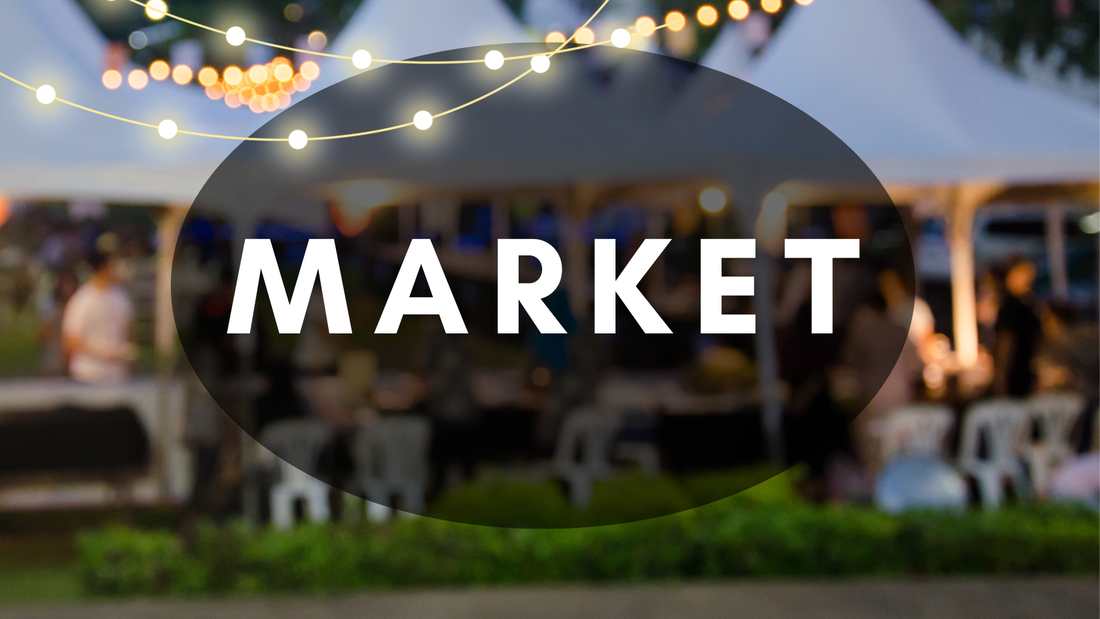
EXPLORE & SHOP THE HASE' MARKET
FIRST NATION MASKS, PHOTOGRAPHY, CARDS, TIE-DYED CLOTHING, HANDMADE POTTERY, JEWELRY, UP-CYCLED CLOTHING, UP-CYCLED JEWELRY, INDIGENOUS ART PRINTS, FIRST NATIONS ORIGINAL ART, PHOTOGRAPHY, SHAWLS, T-SHIRTS, TANK TOPS, INDIGENOUS EARRINGS, BRACELETS, LEATHER EARRINGS, STERLING PENDANTS & NECKLACES, NATURAL LOTIONS, LIP BALMS, BODY BUTTER, NATIVE PLANT SEEDS, TRADITIONAL MEDICINE PRODUCTS, BAGS, SCARVES, GIFTS, CARDS, DELICIOUS FOODS—SMOKED SALMON, SEAFOOD CHOWDER, SOCKEYE, FRIED BREAD, BANNOCK, HOT SAUCE, FRESH FRUIT & VEGGIES, DARK CHOCOLATE CARAMEL APPLES, CARAMEL POPCORN, CHOCOLATE GRIZZLY PAWS, FUDGE, MINI-DONUTS—ALL MADE WITH LOVE! SO MANY CHOICES! WHAT'S ON YOUR LIST? Art GalleryMagnificent First Nation Carvings, Masks, Boxes, Blankets, Regalia, Headdresses, Aprons, Rattles, Whistles, Paintings & Bowls
Legends of the MasksTum Tum Threads
Conscious designs handmade by Zapotec in Oaxaca and Kwakwaka'wakw from the Great Bear Rainforest DUCHESS BANNOCK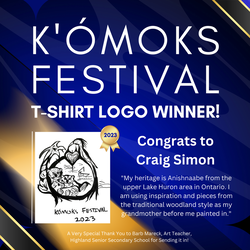
2023 LOGO WINNER
Artist Craig Simon
Archives
May 2025
|
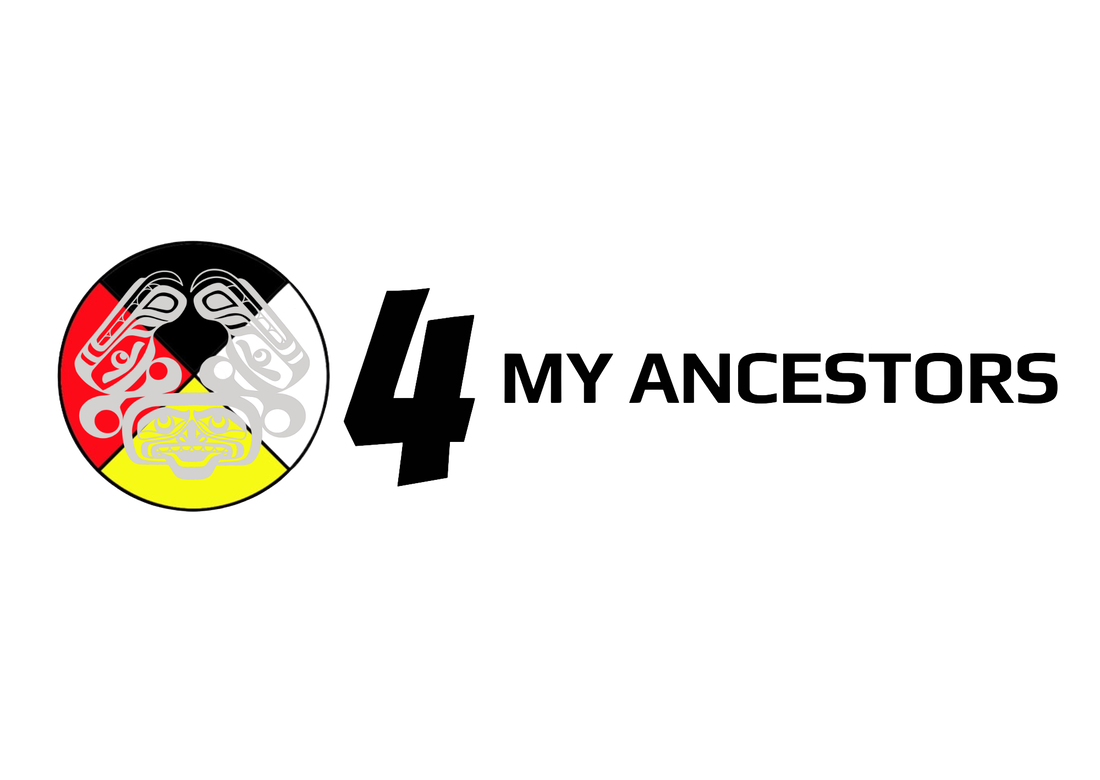
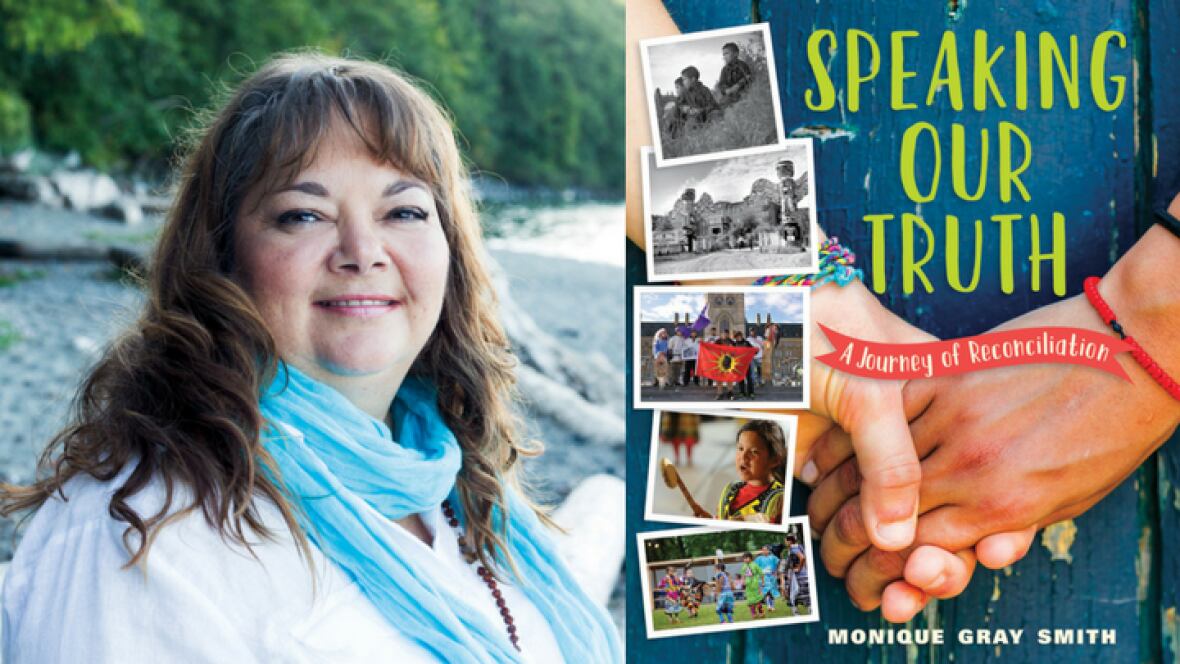
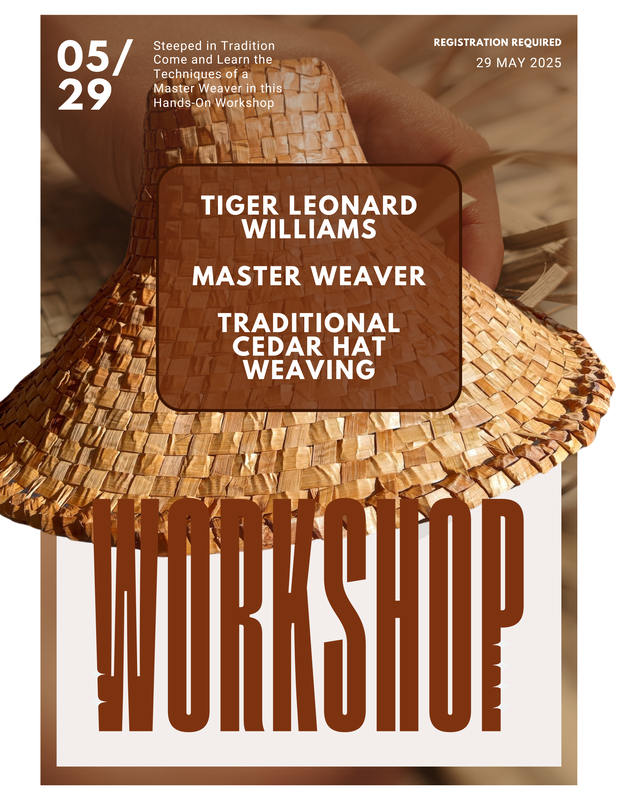
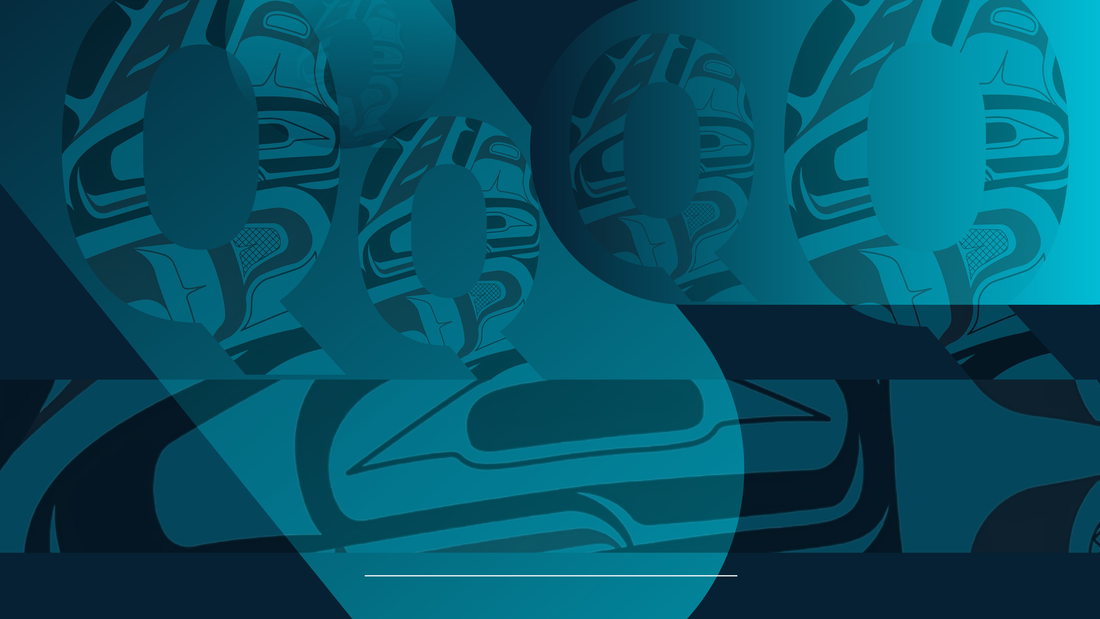

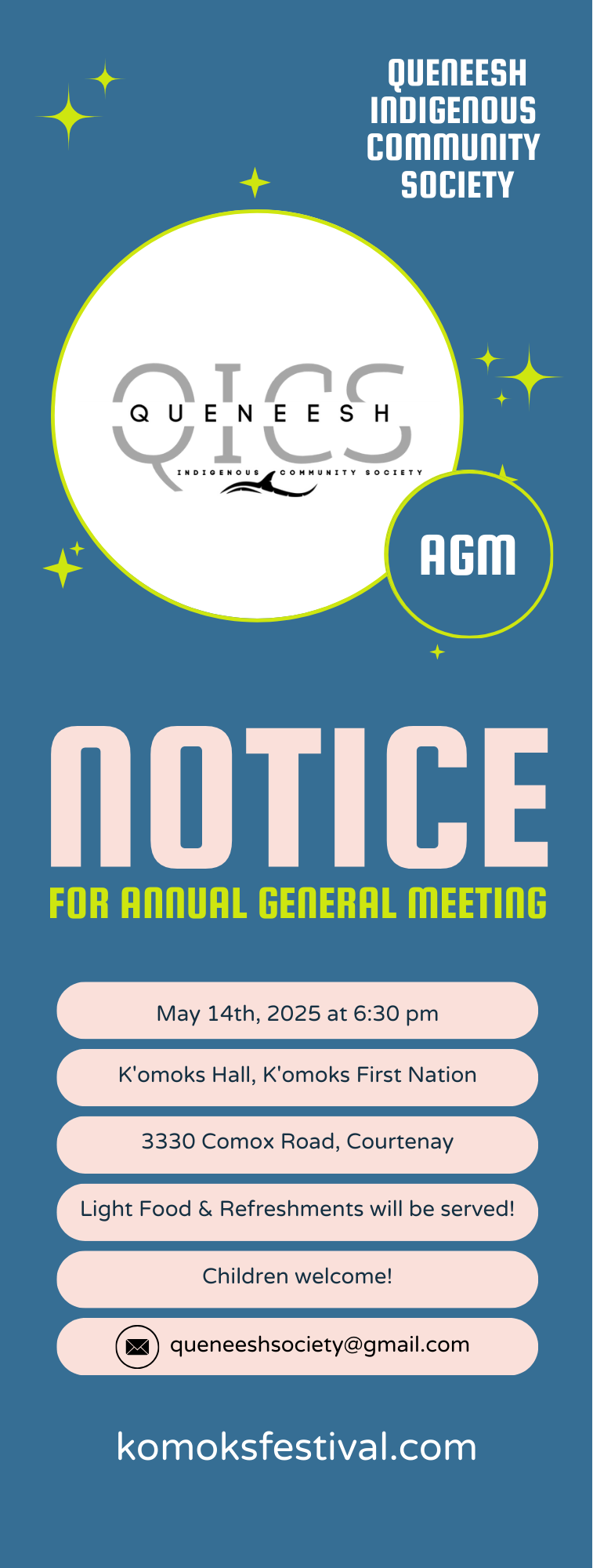
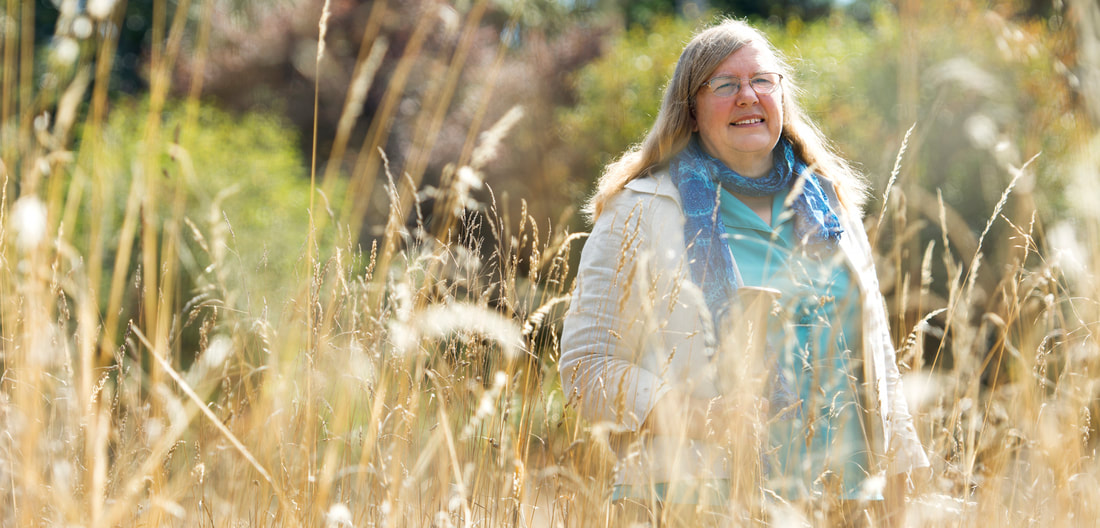
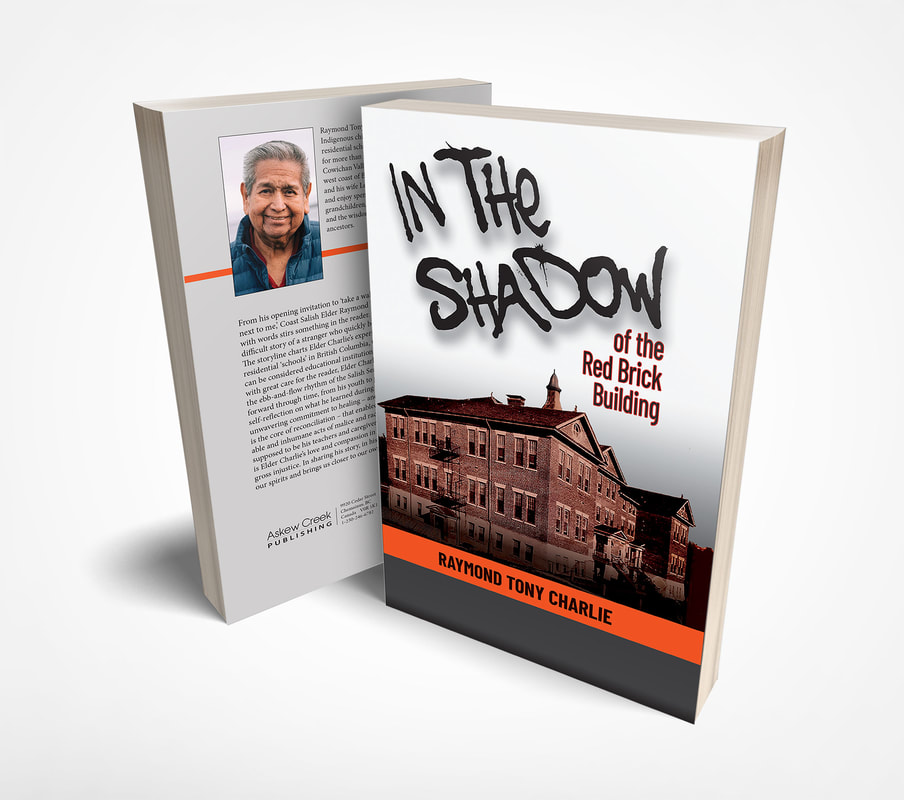





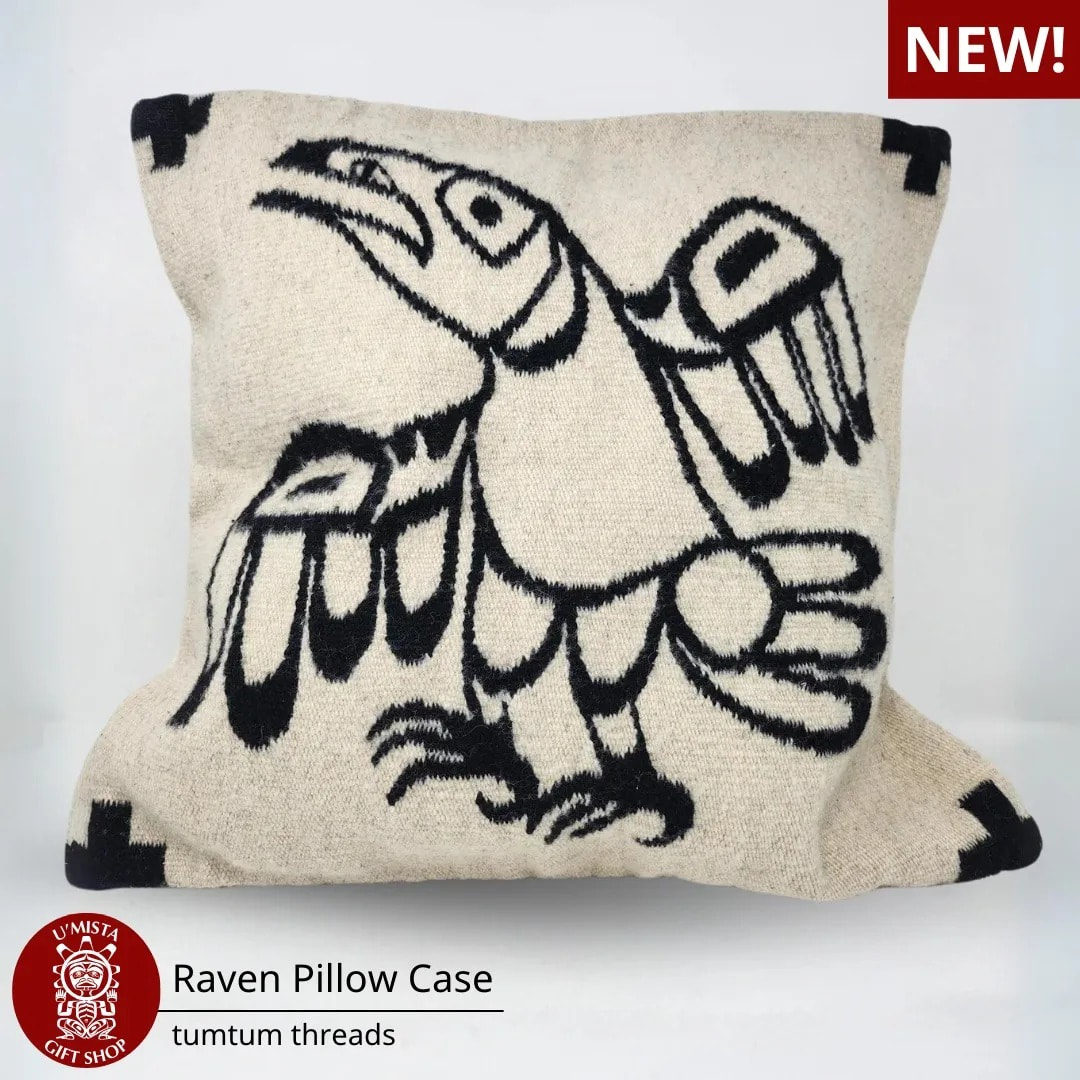


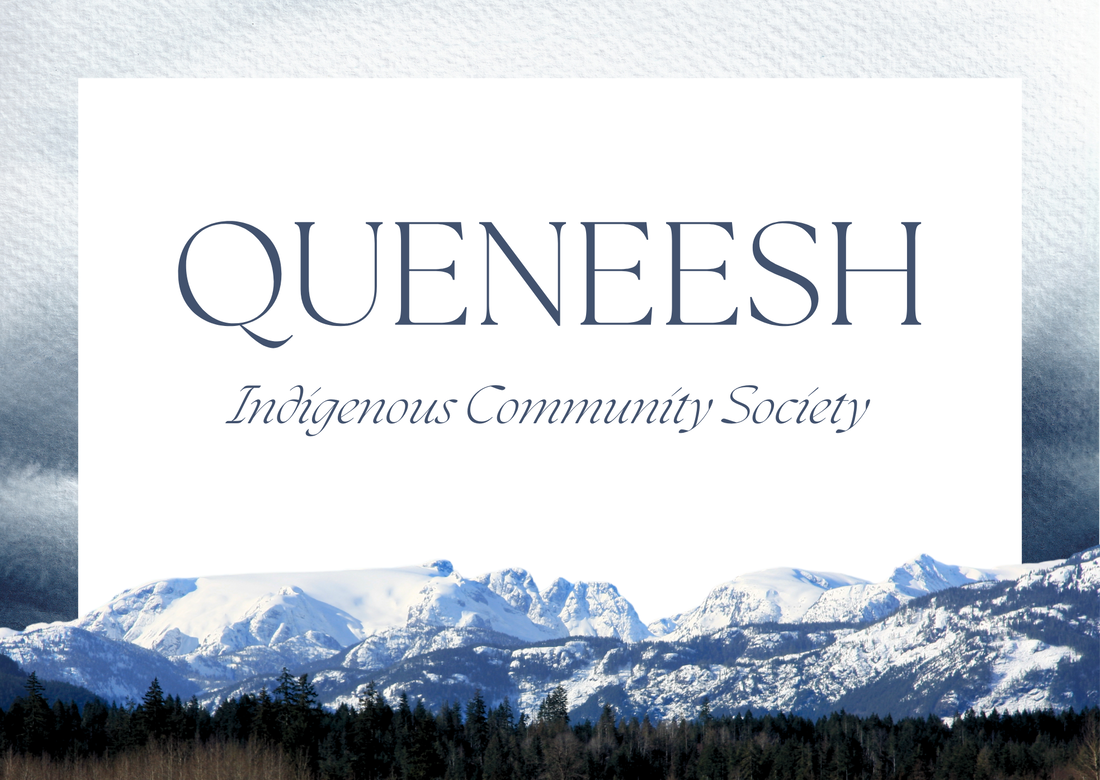
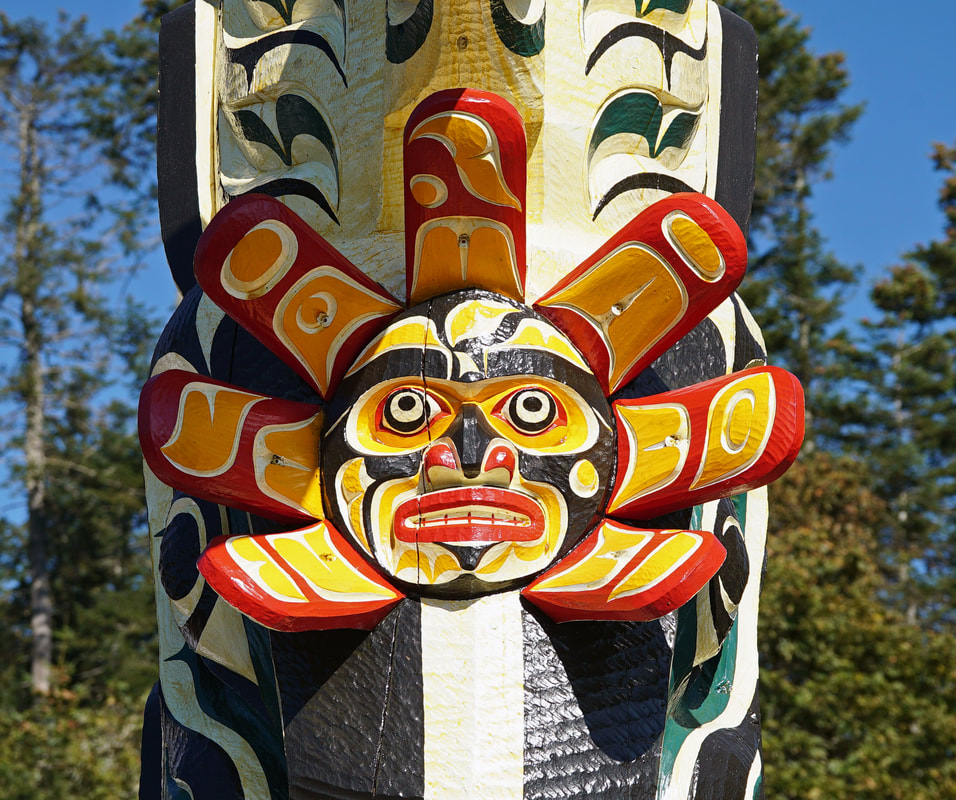
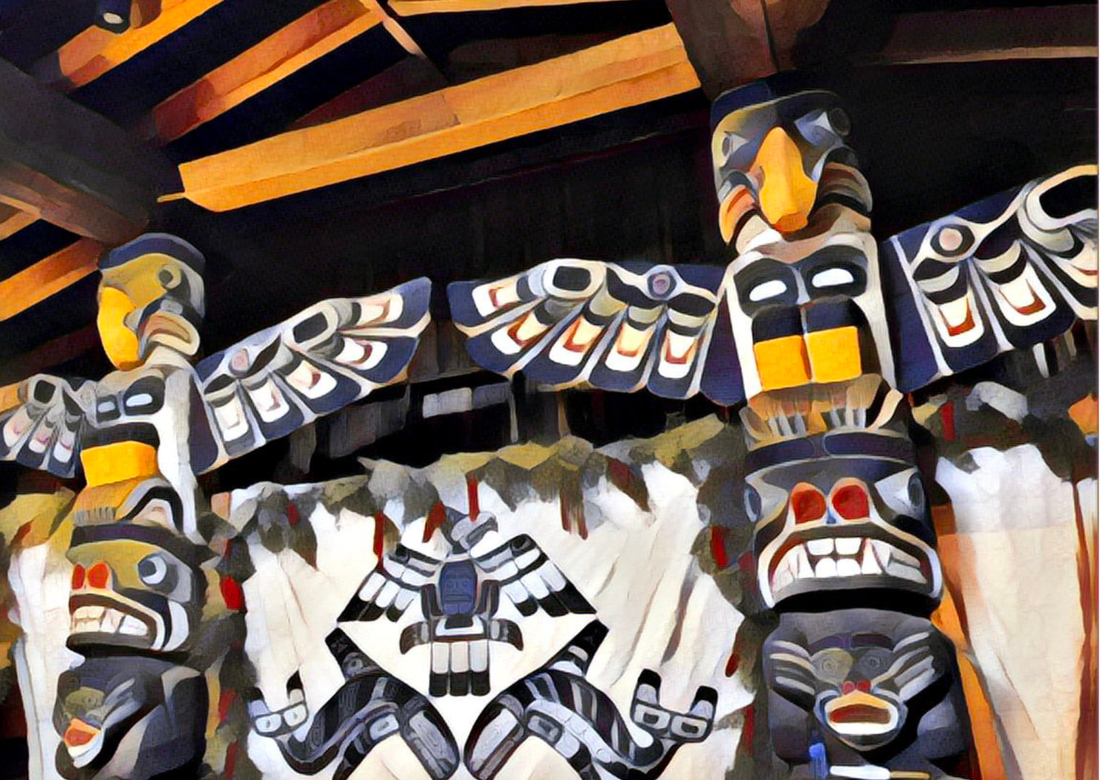
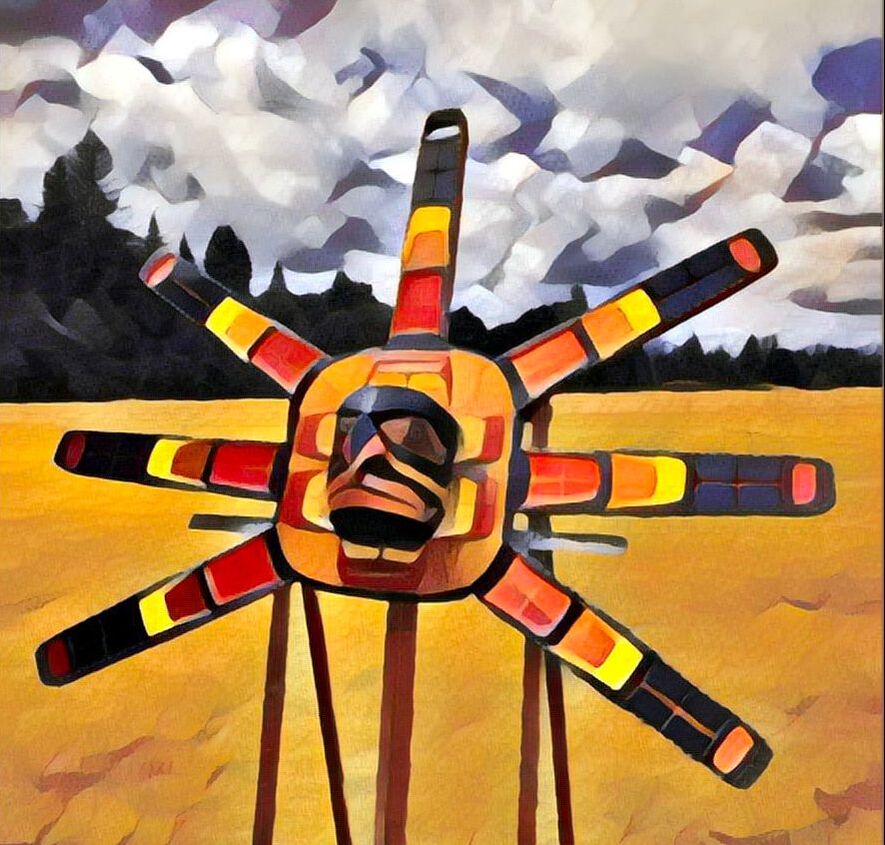
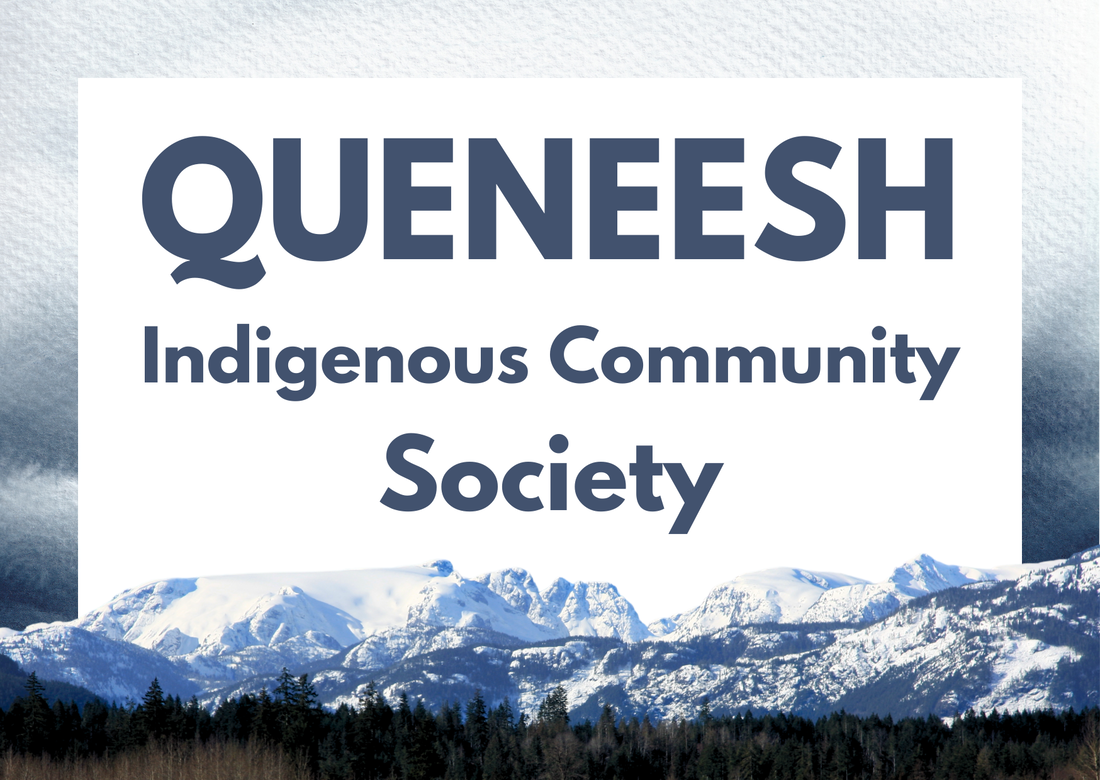
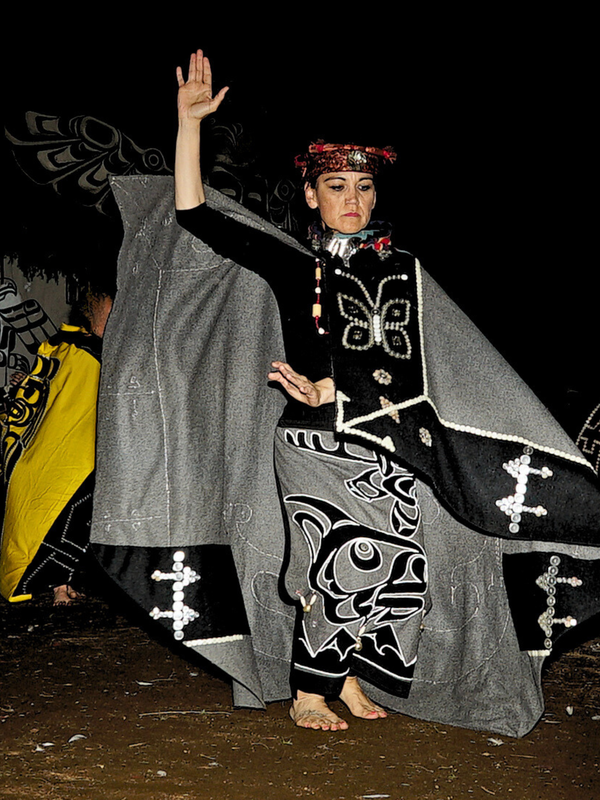
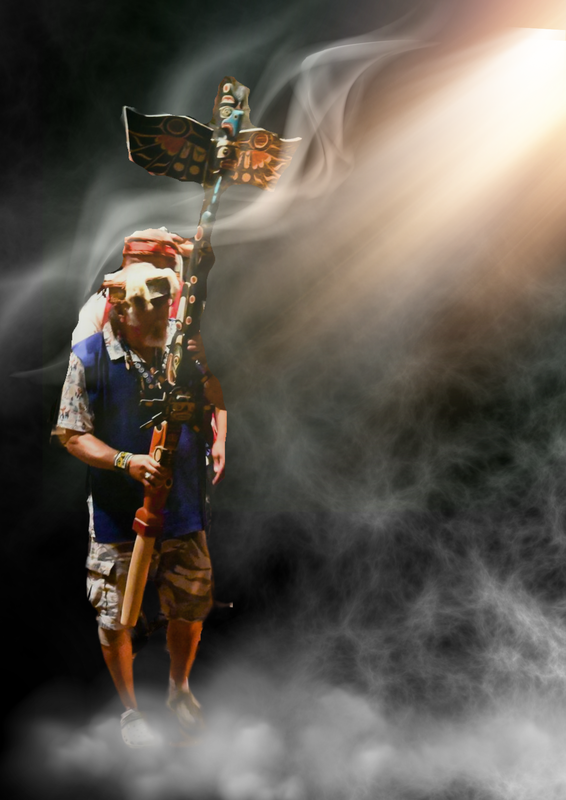
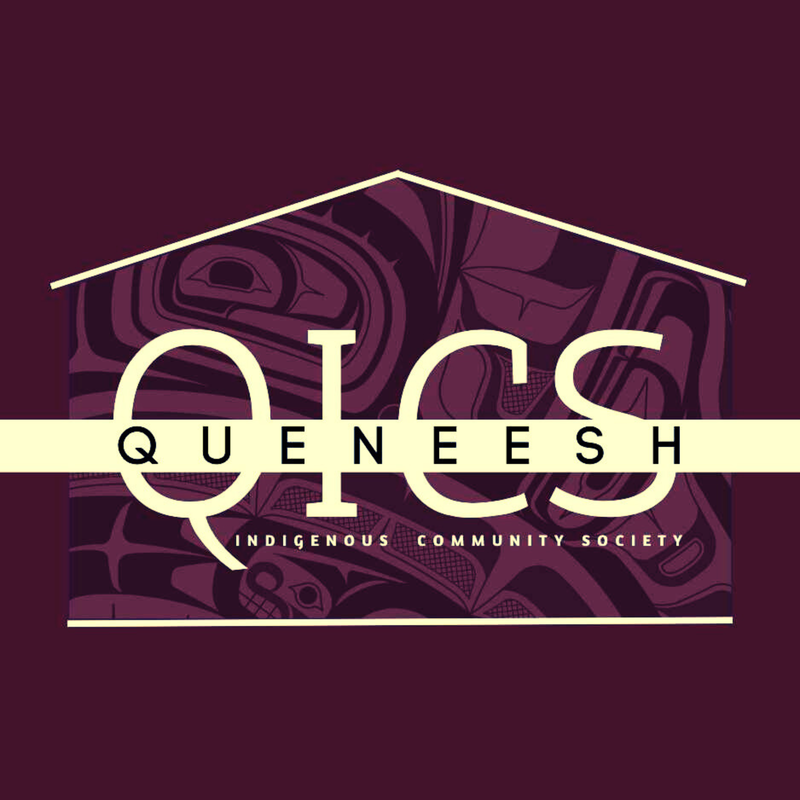
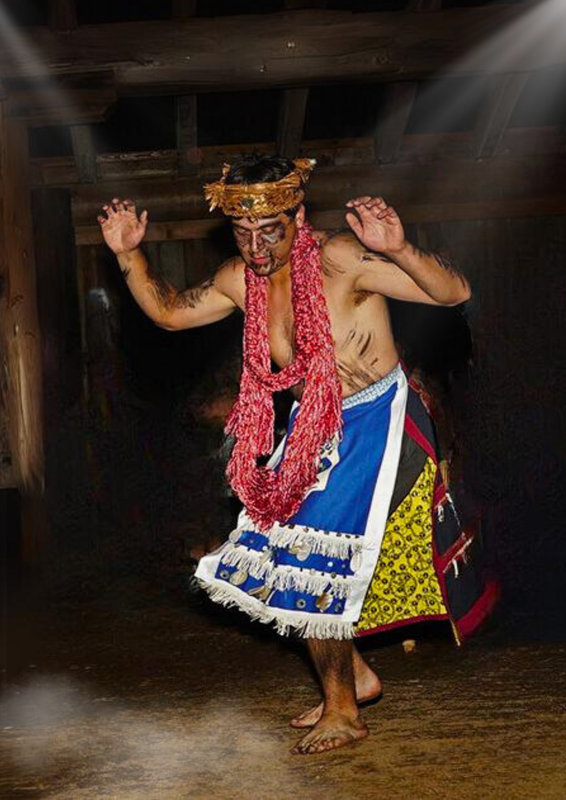
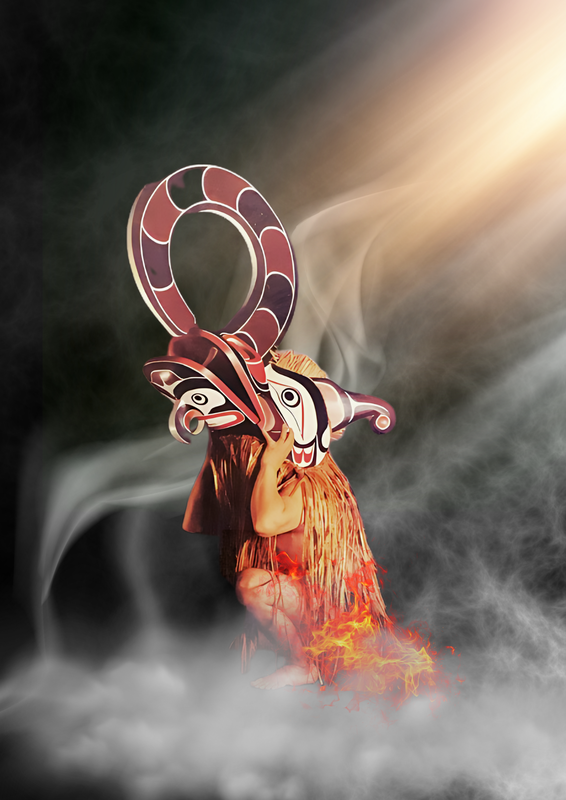
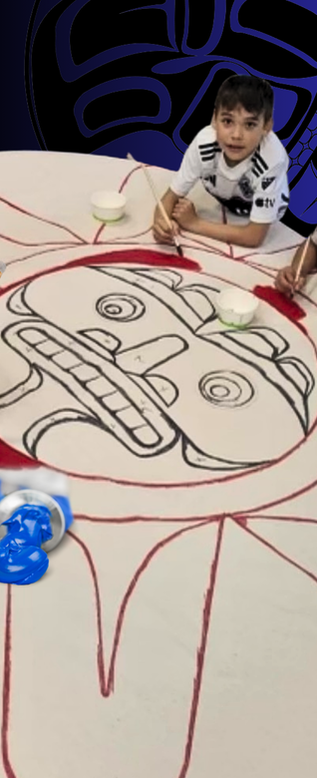
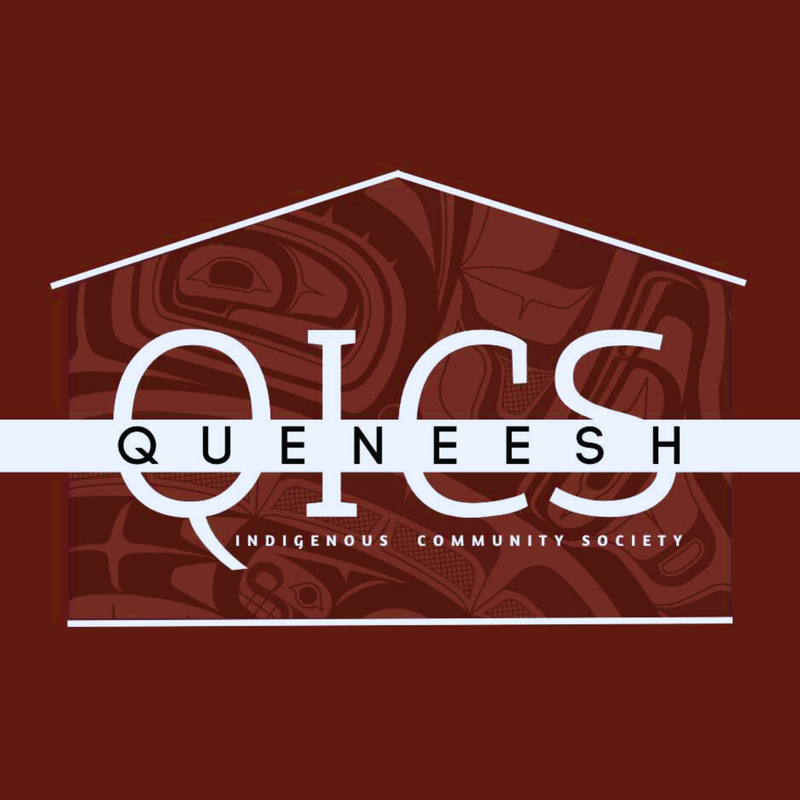

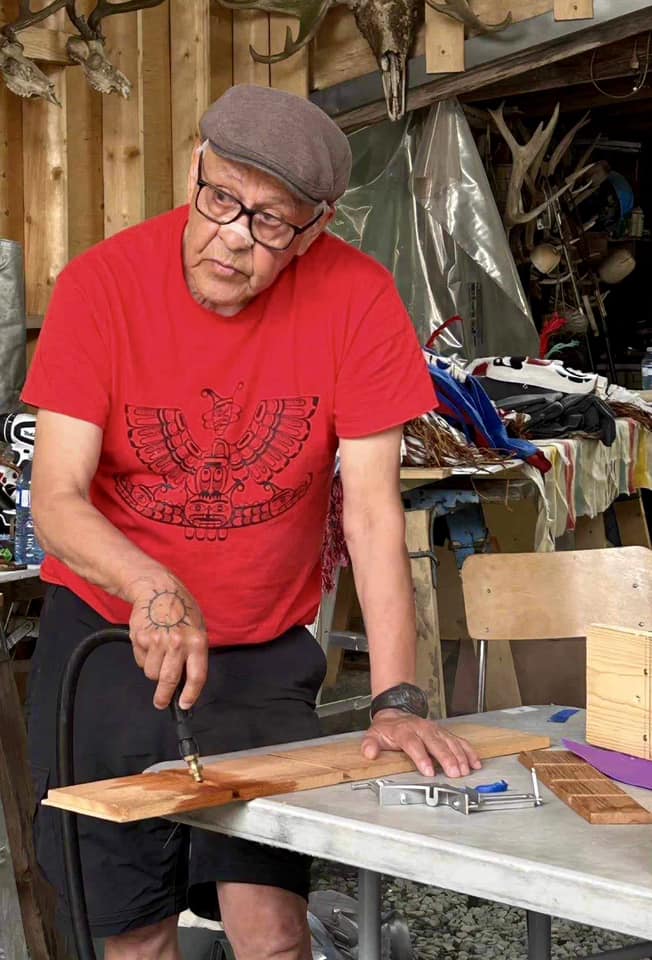


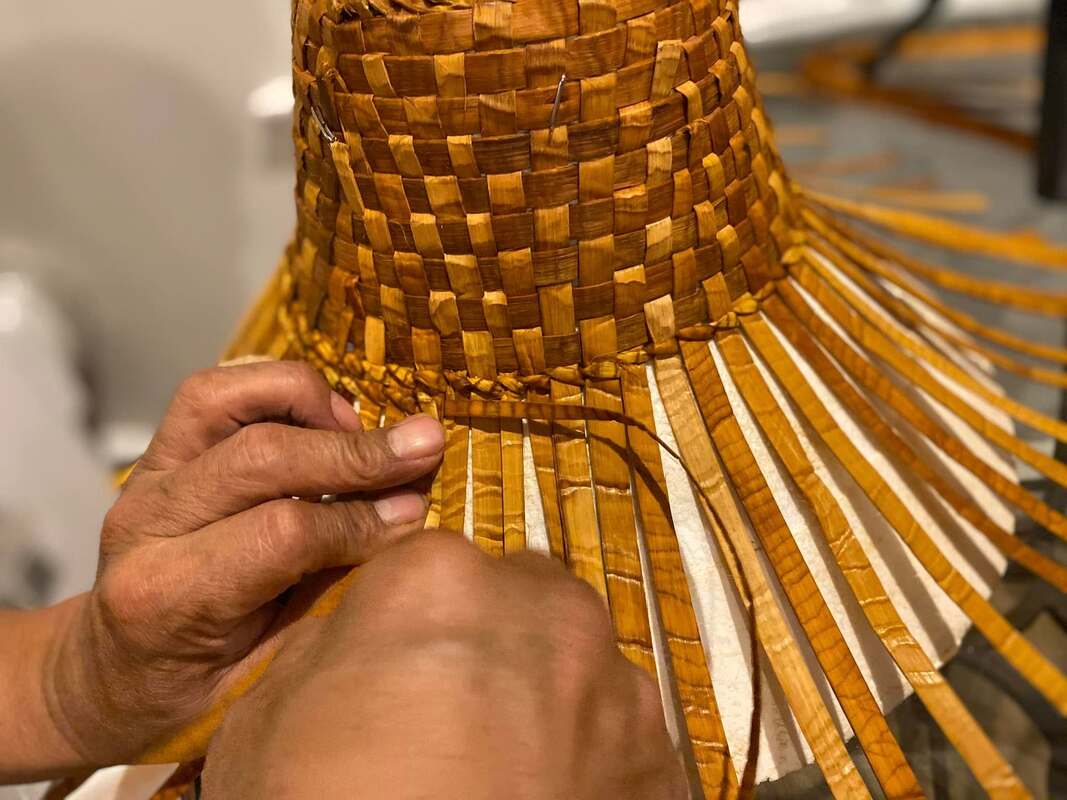



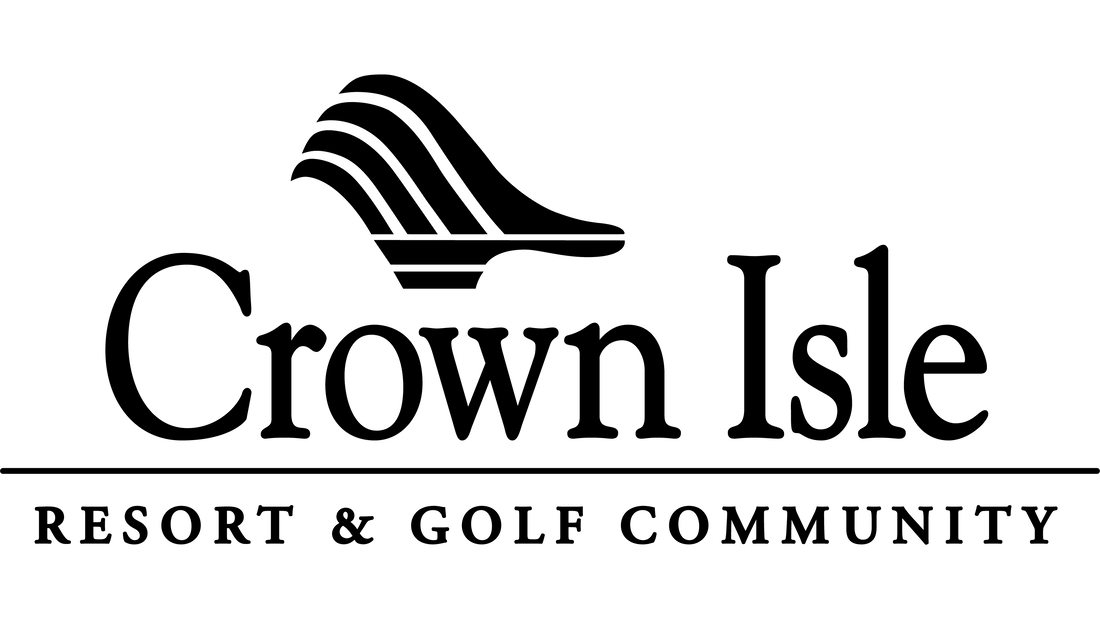
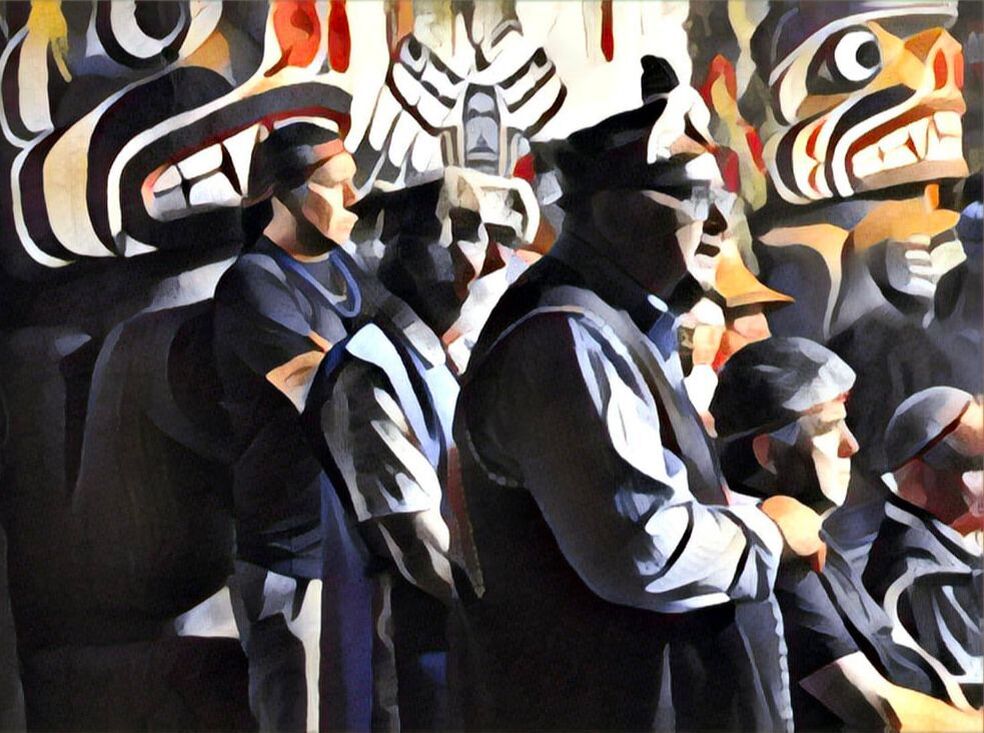
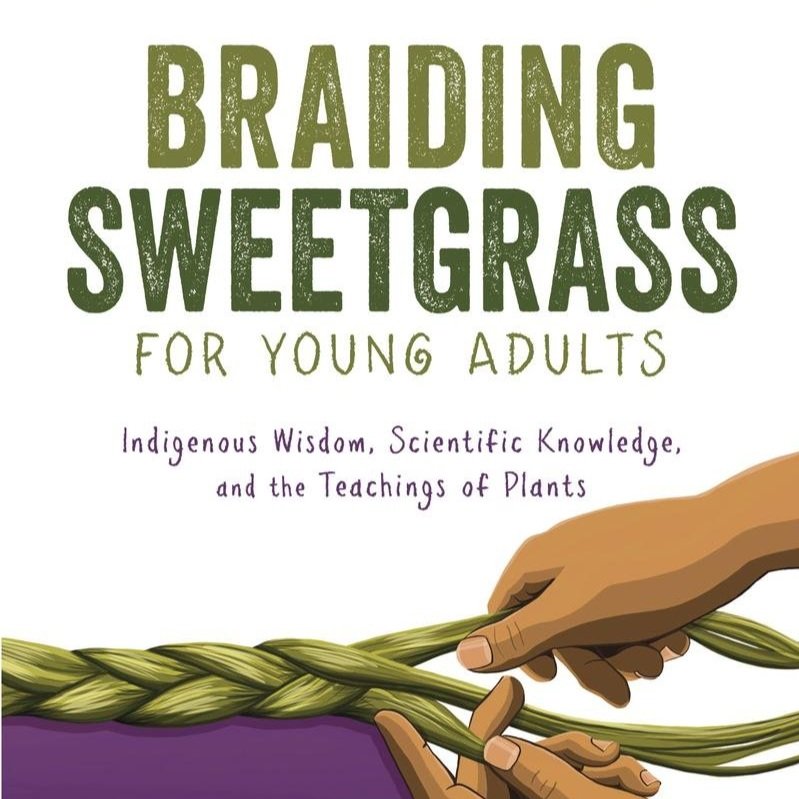
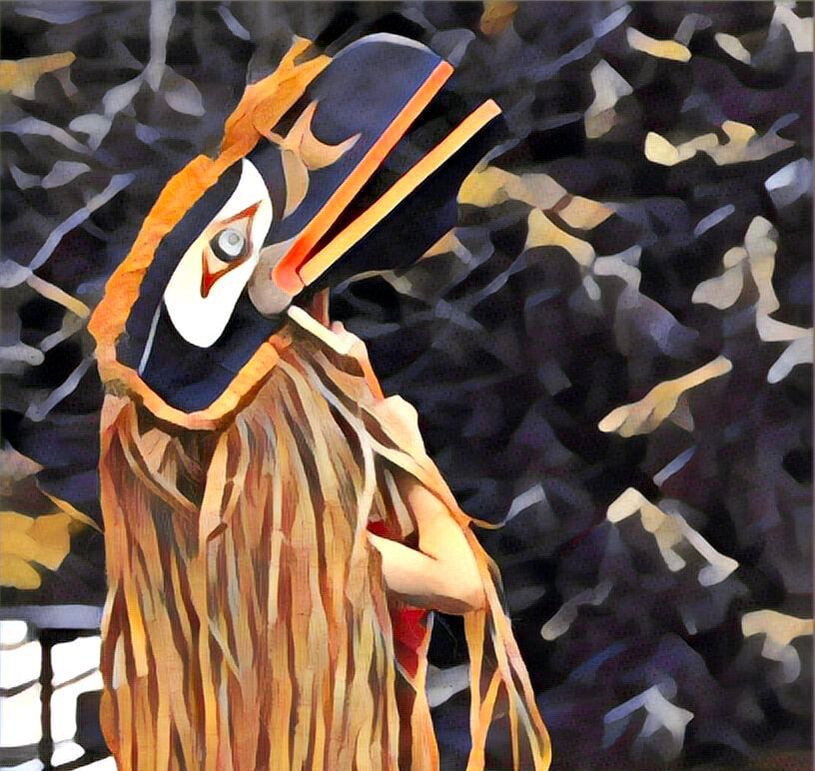
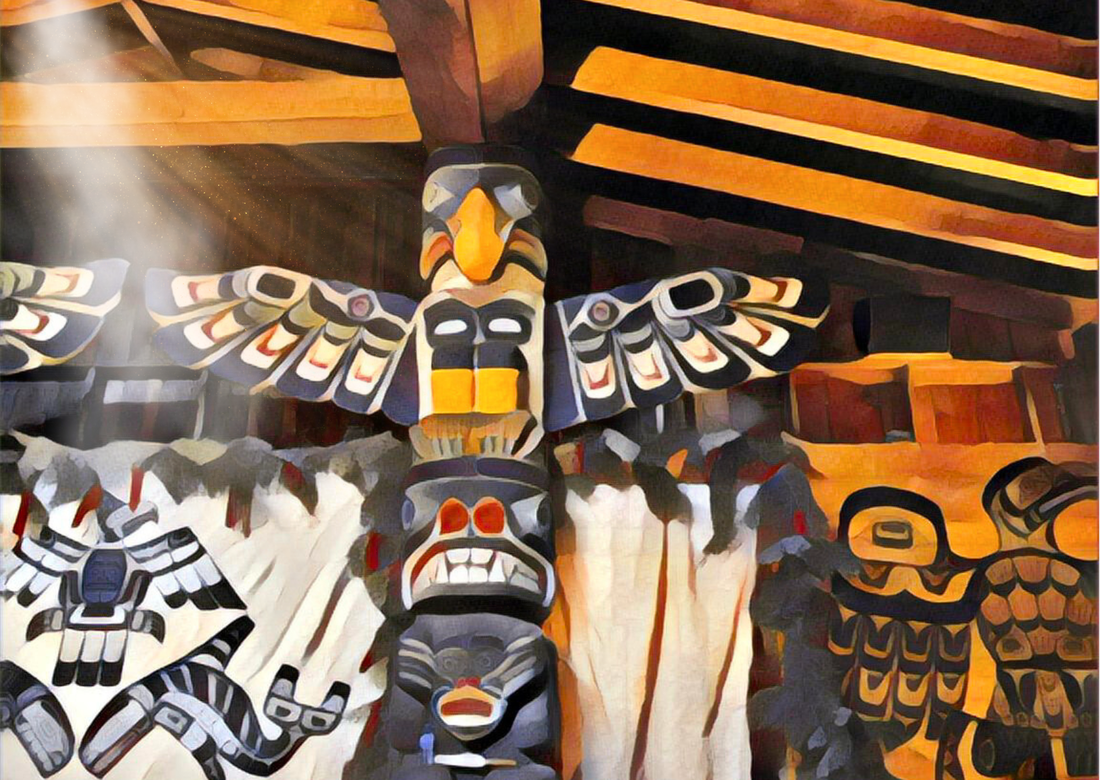
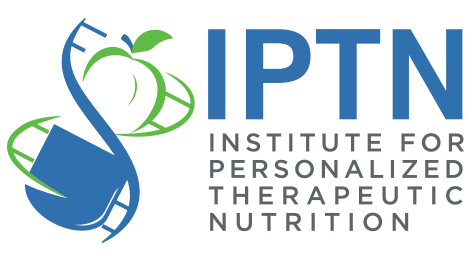
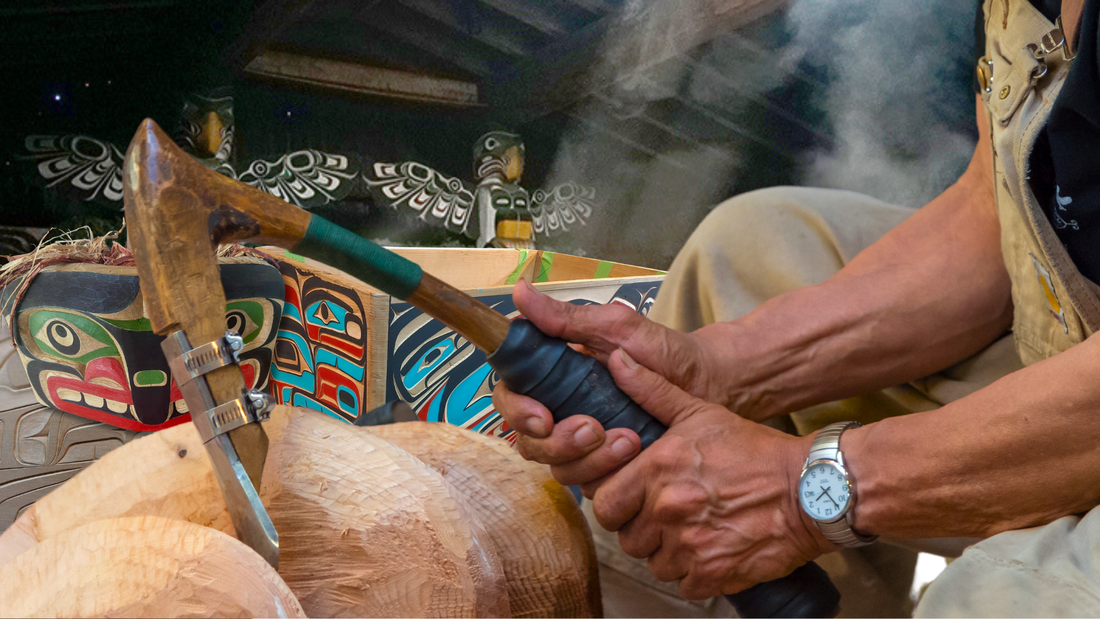
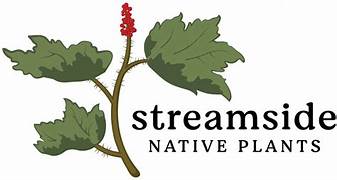
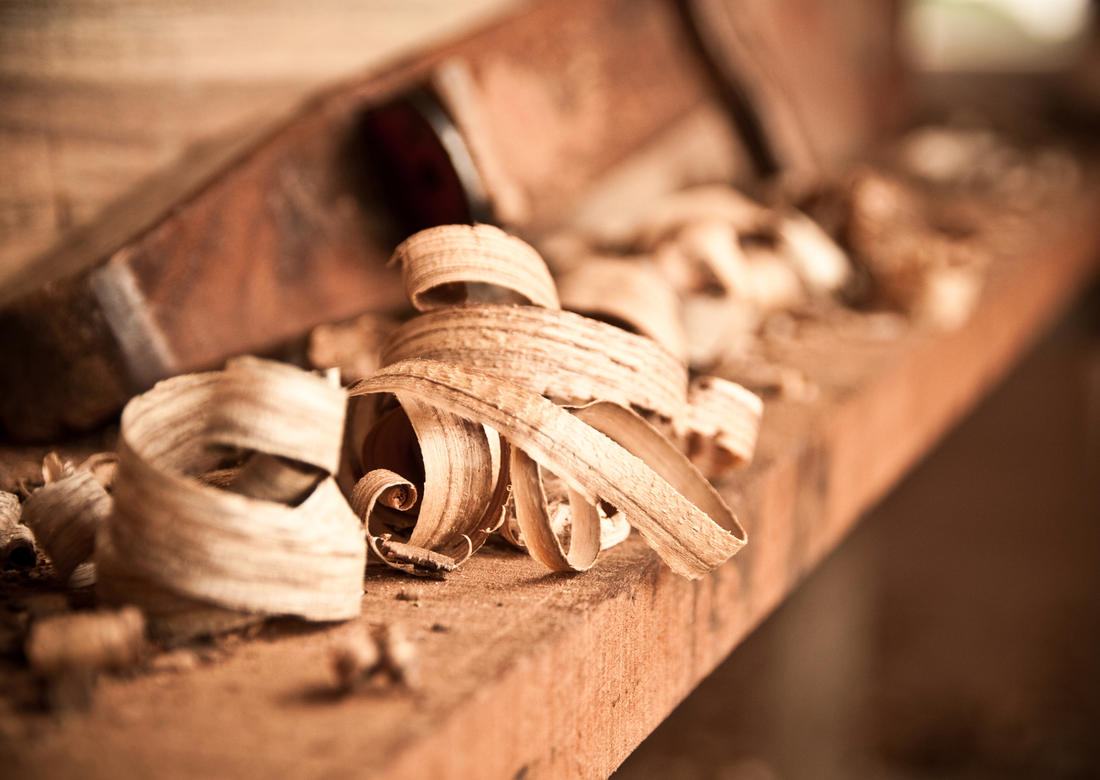

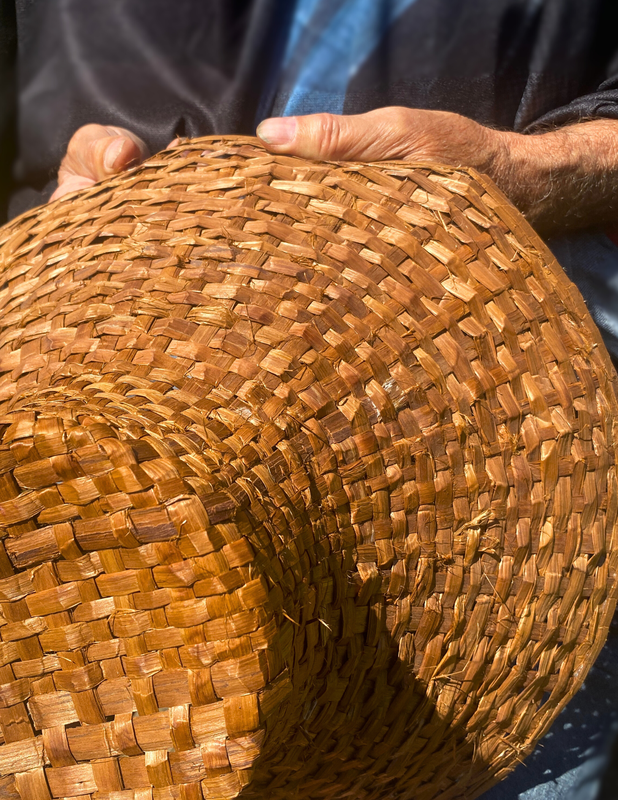
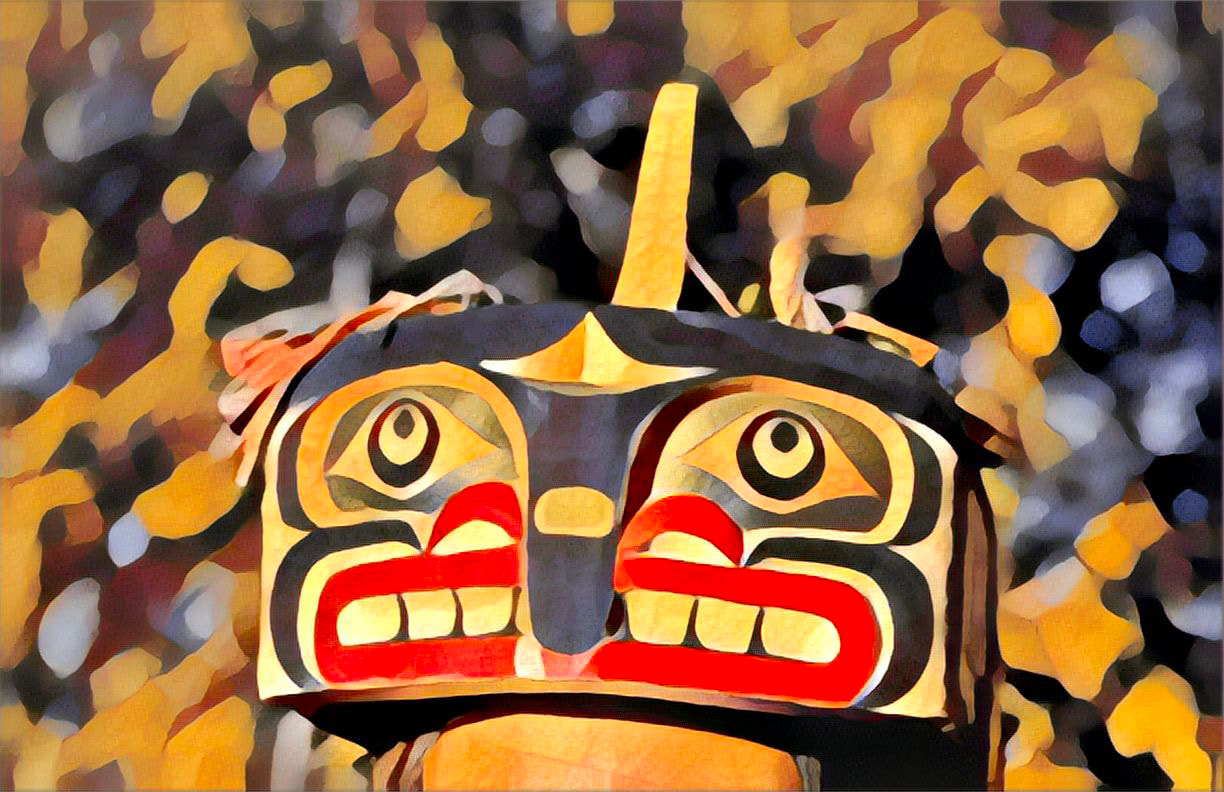
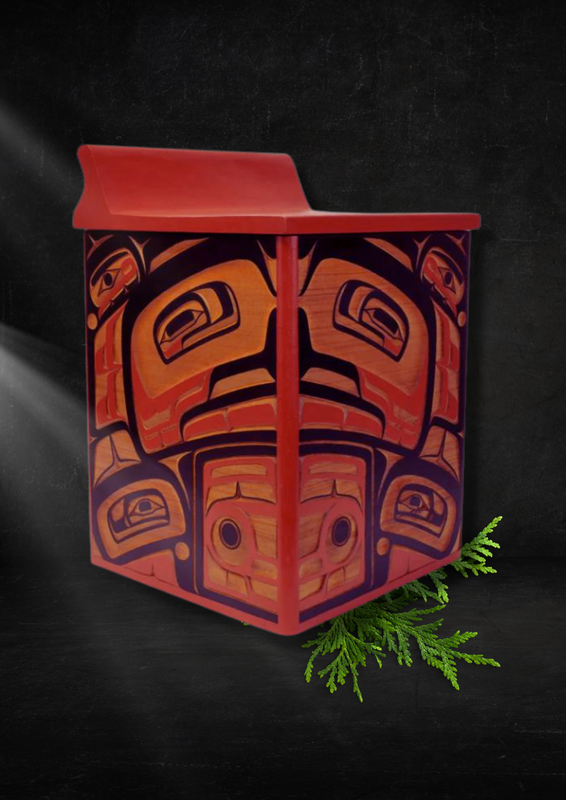
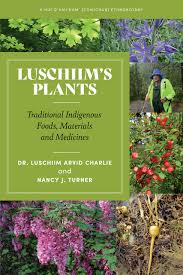
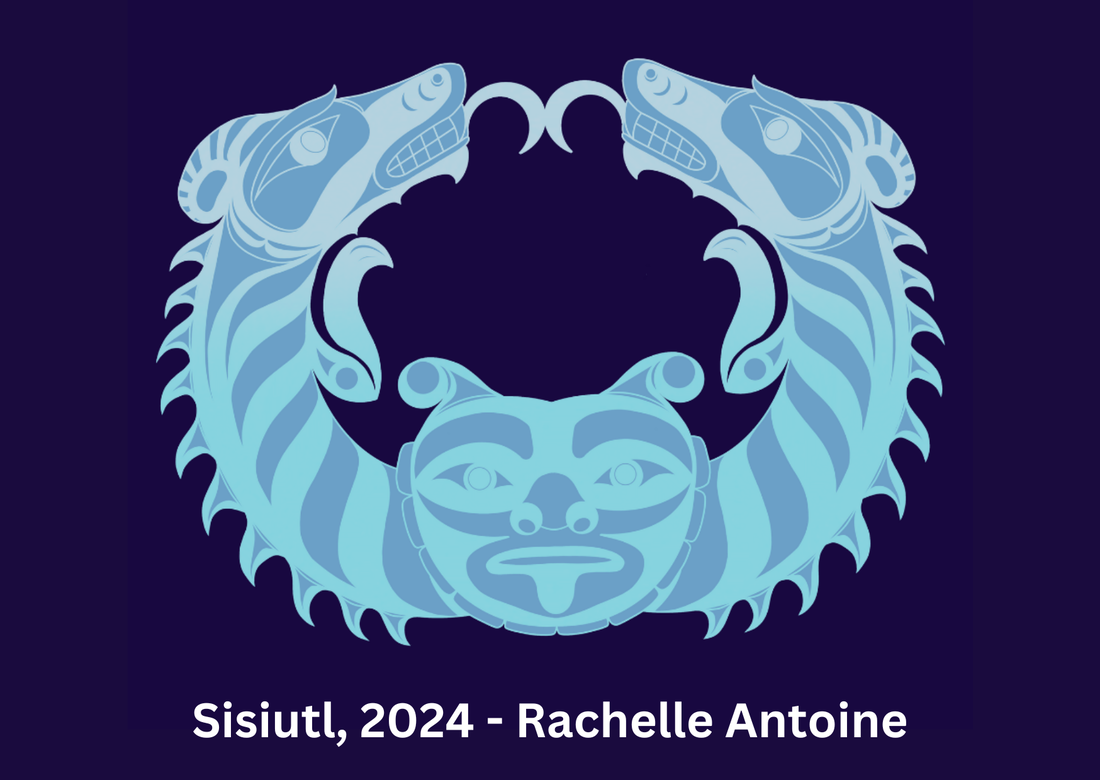

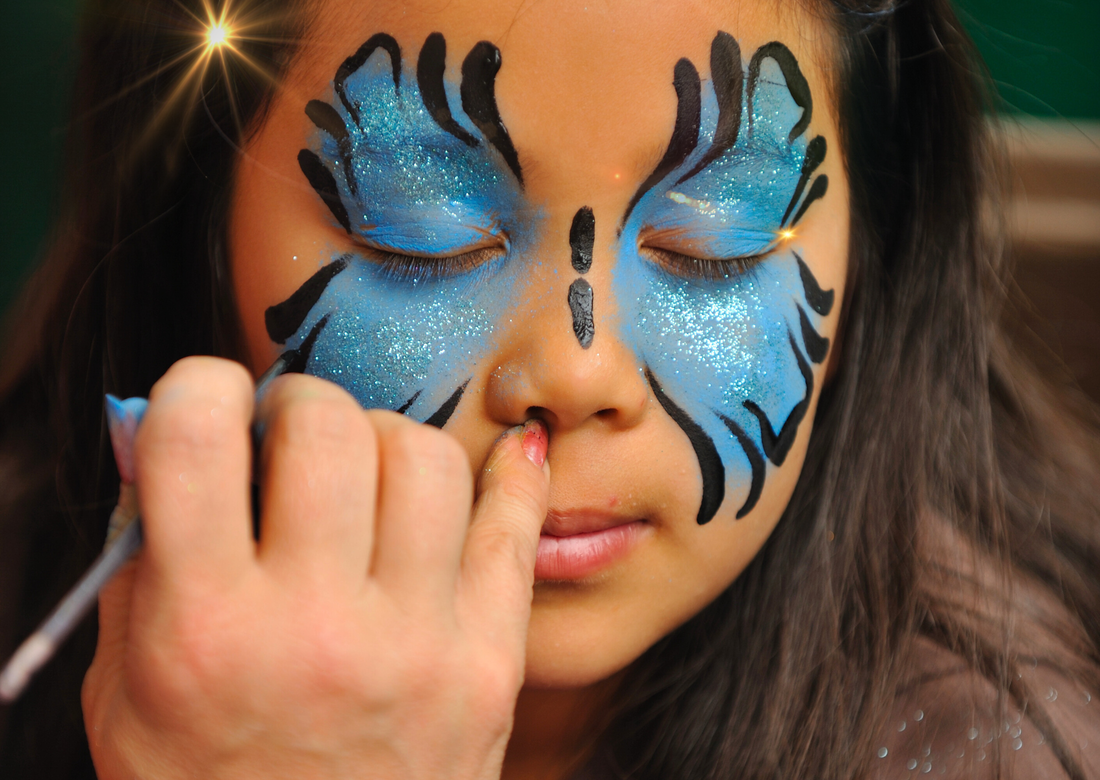
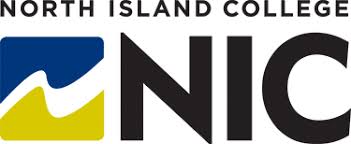
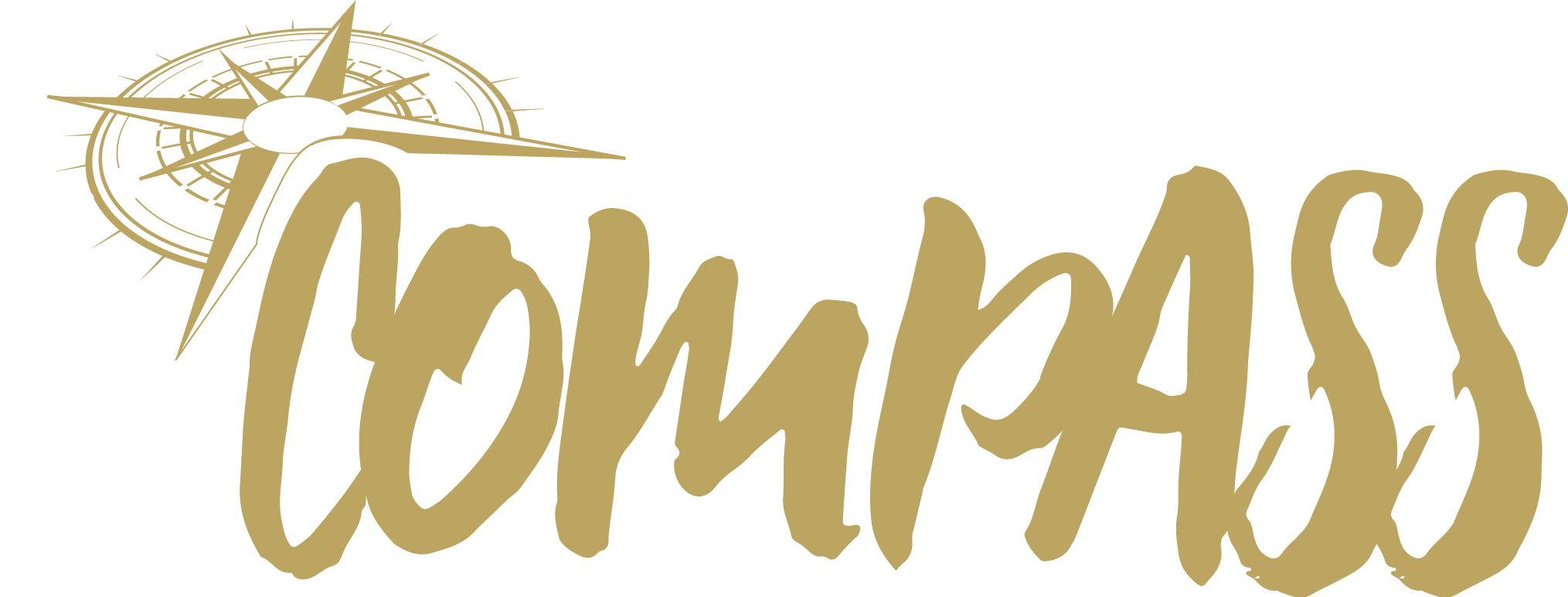
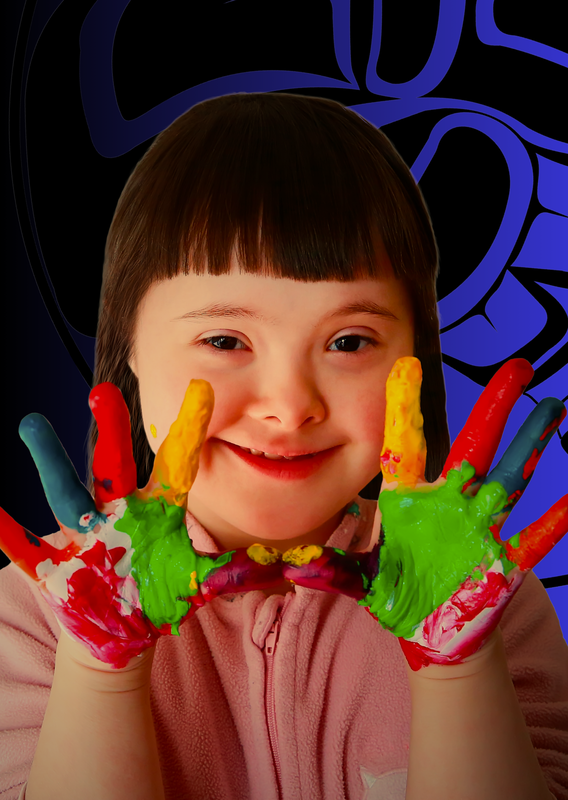

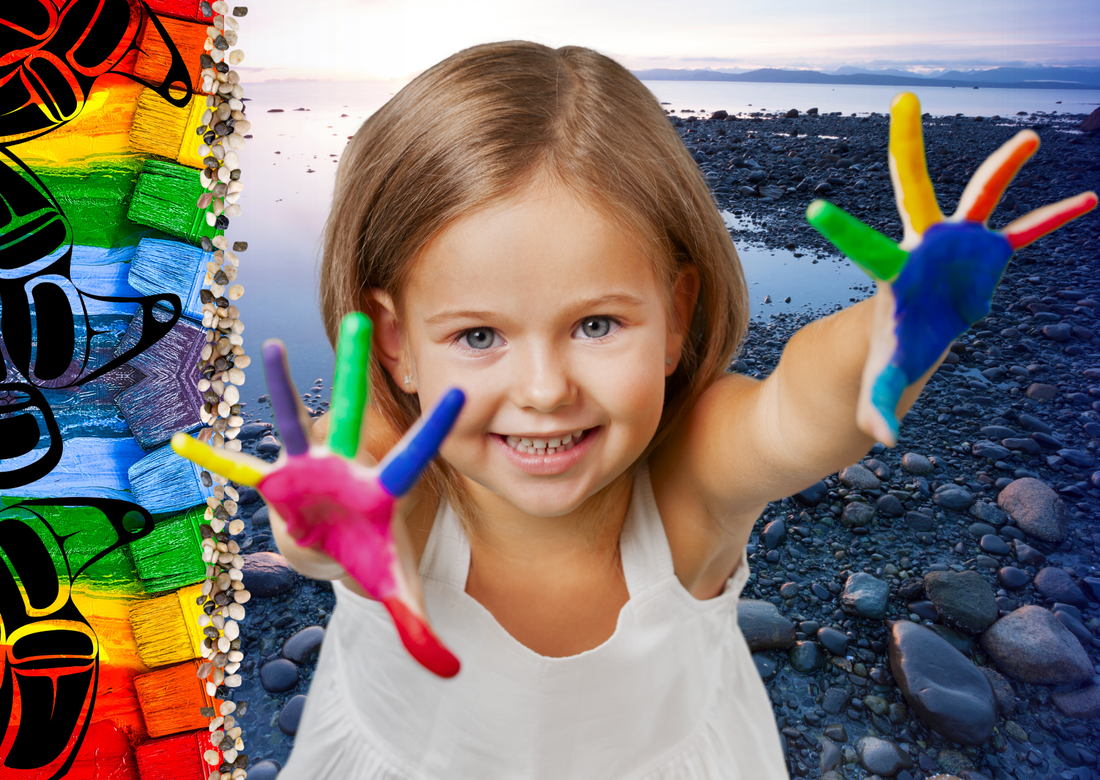
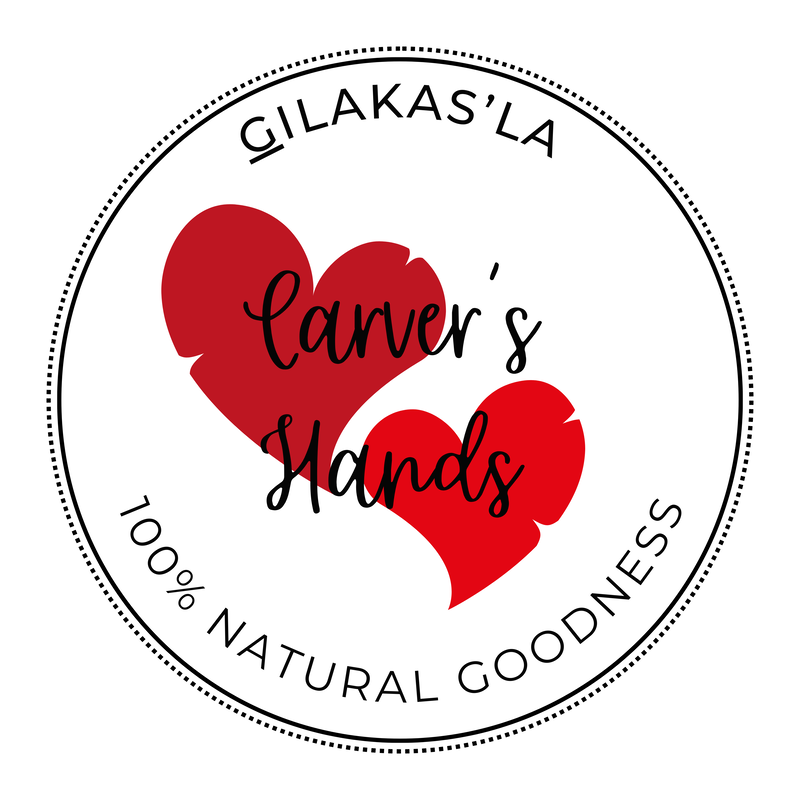
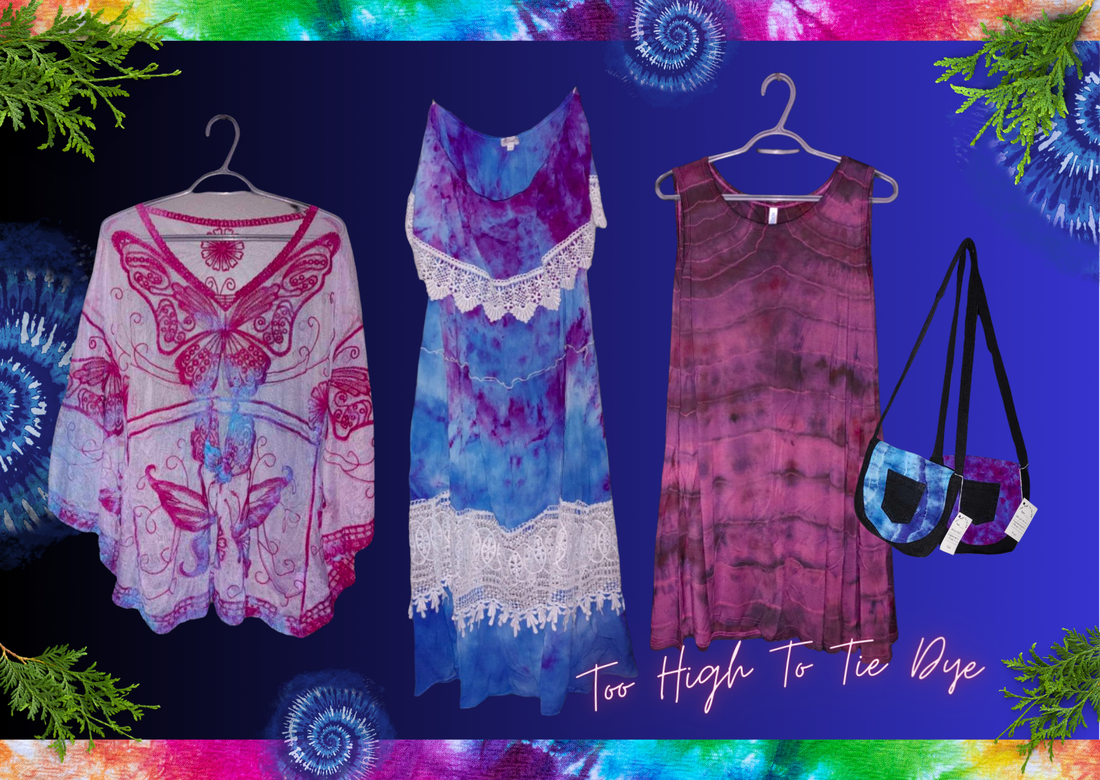
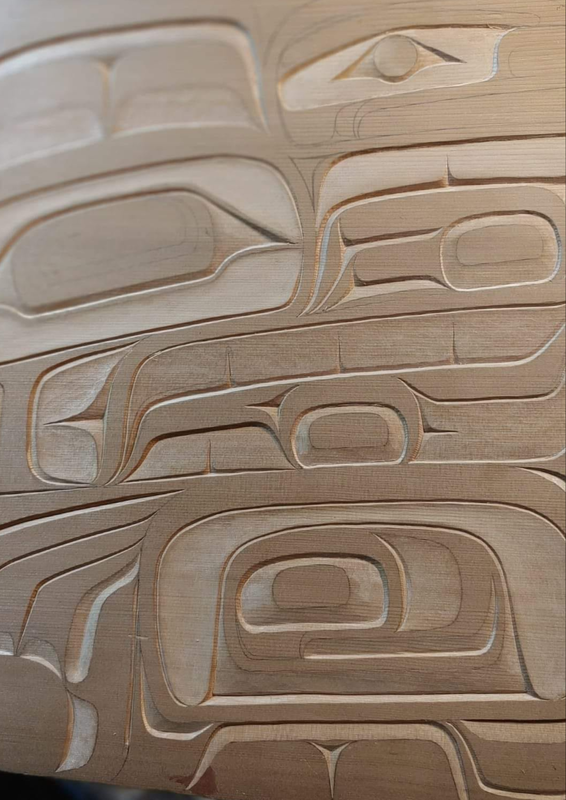
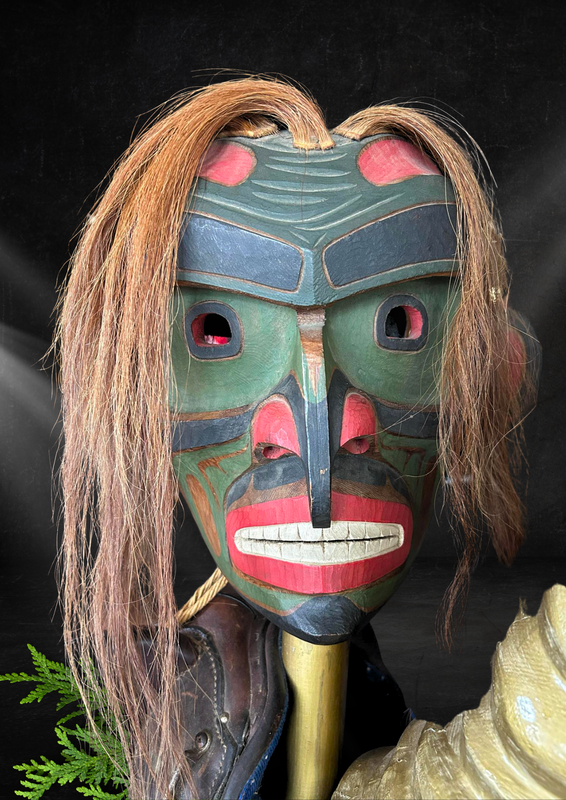
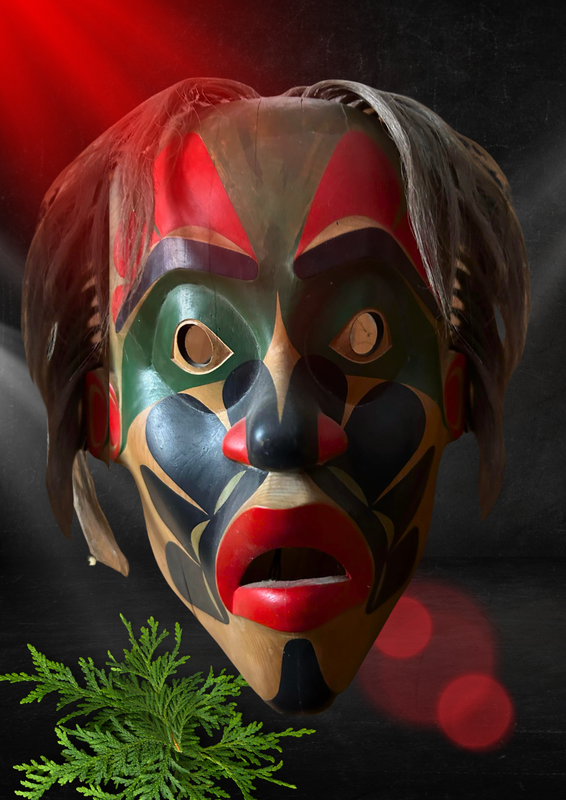
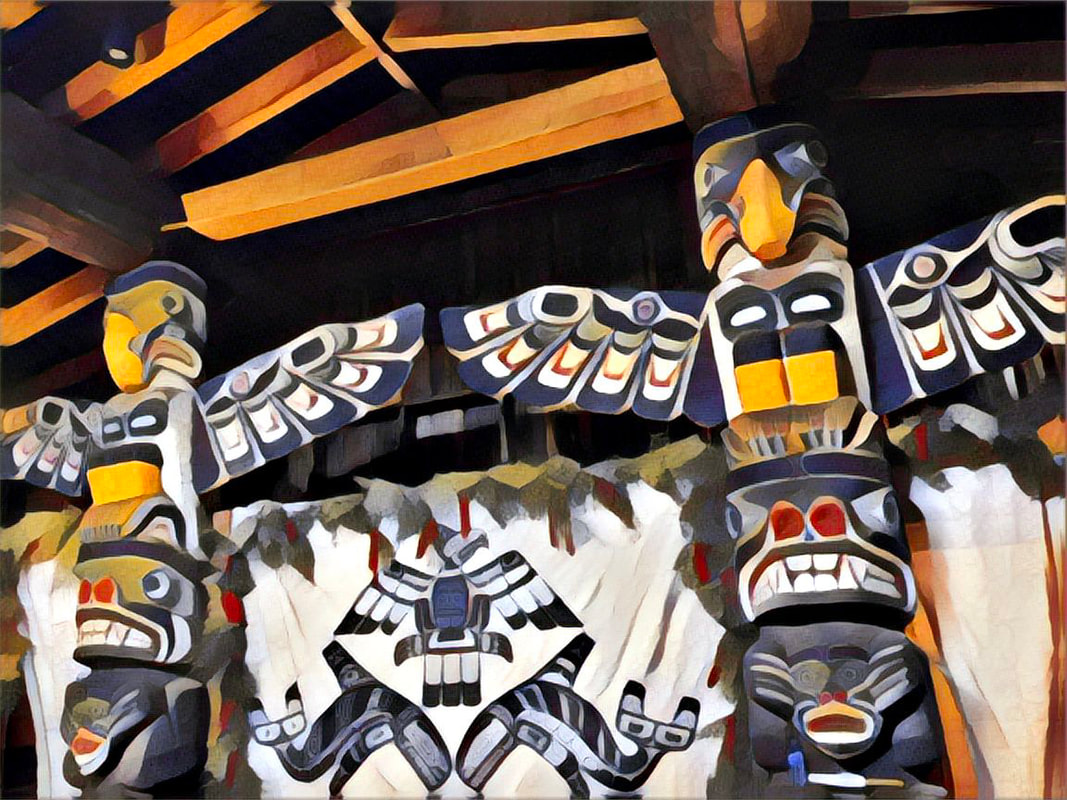

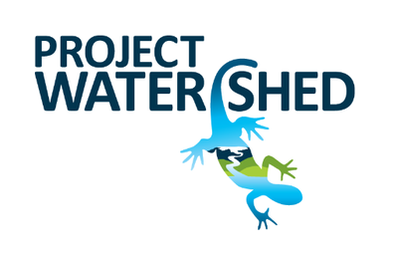
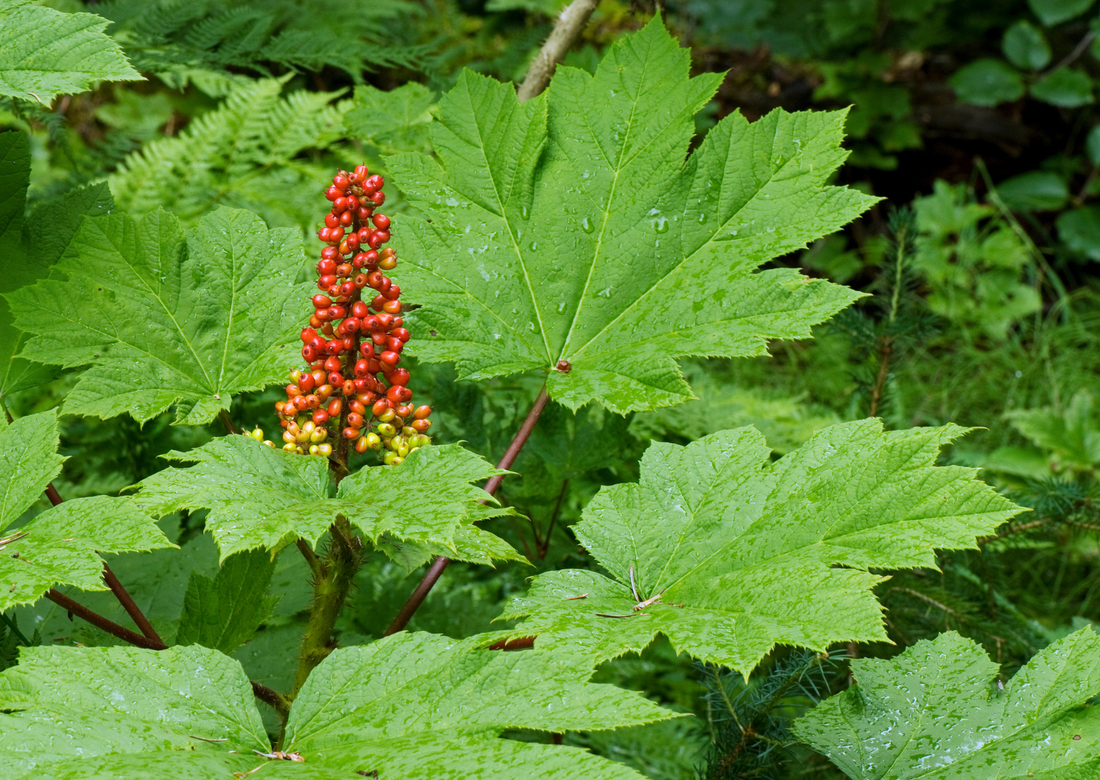
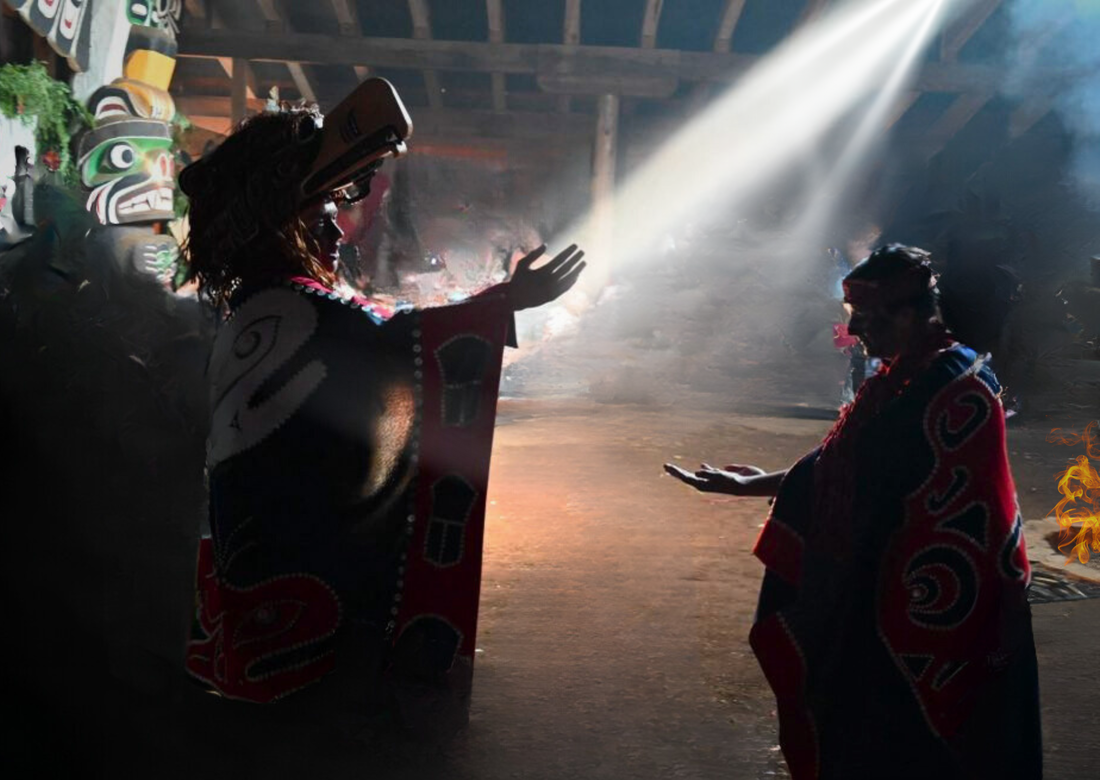
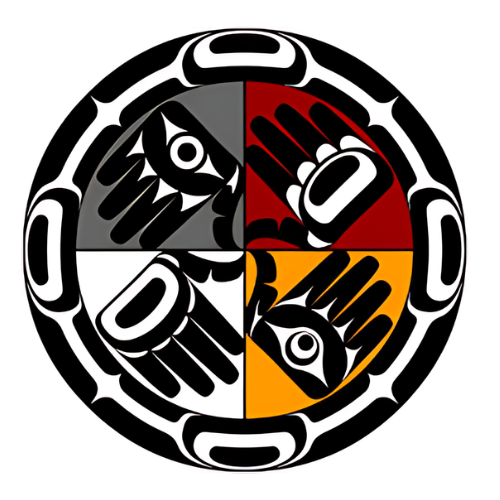
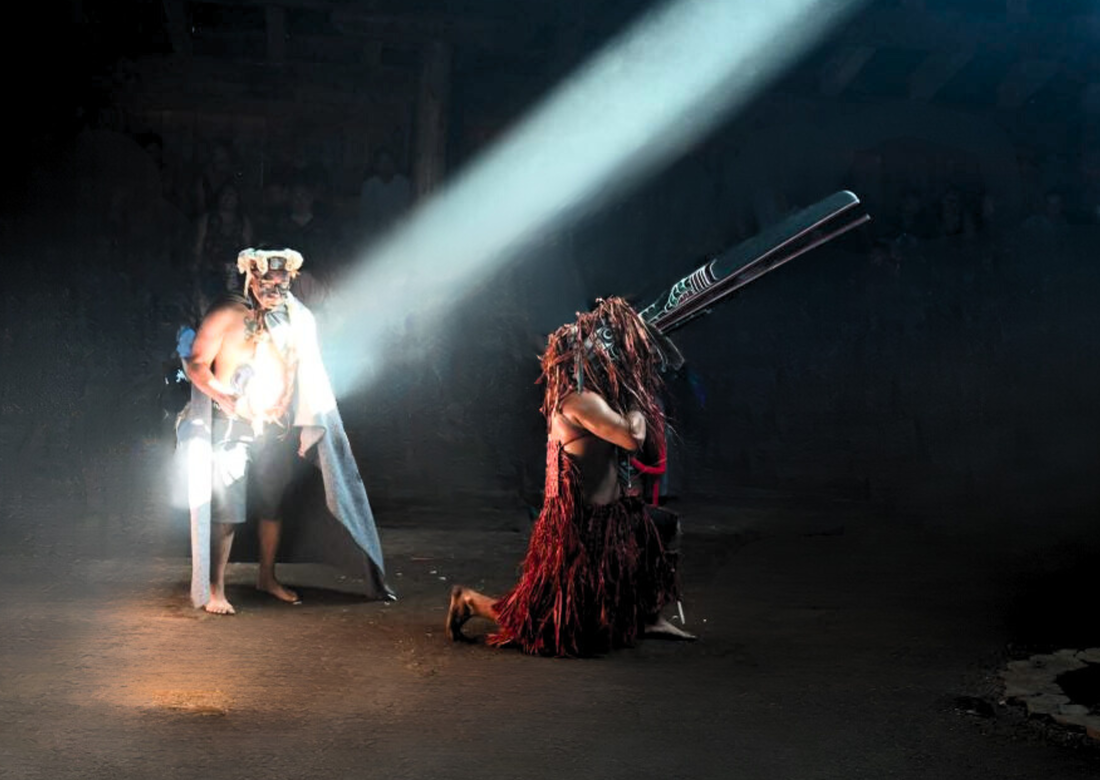
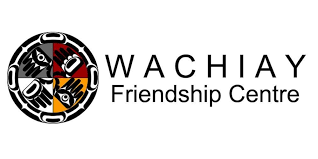
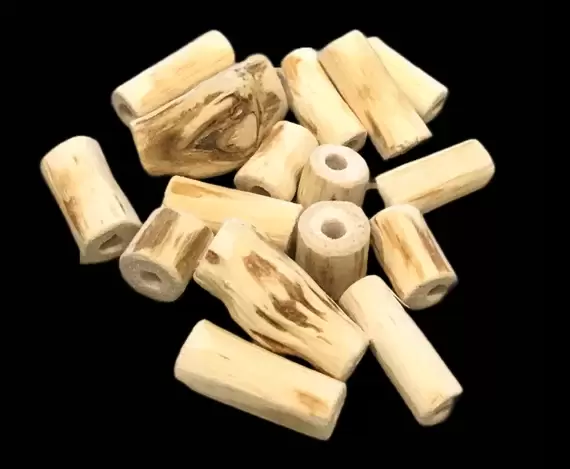

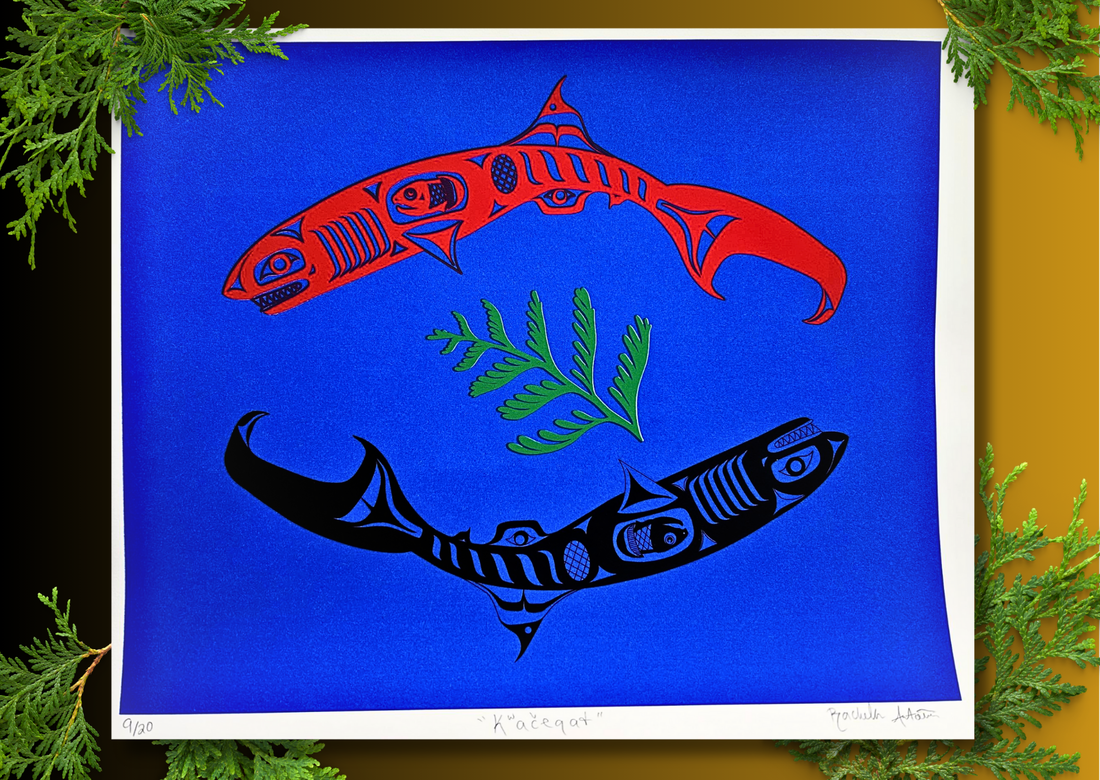
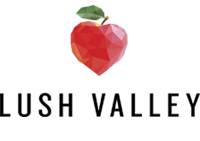
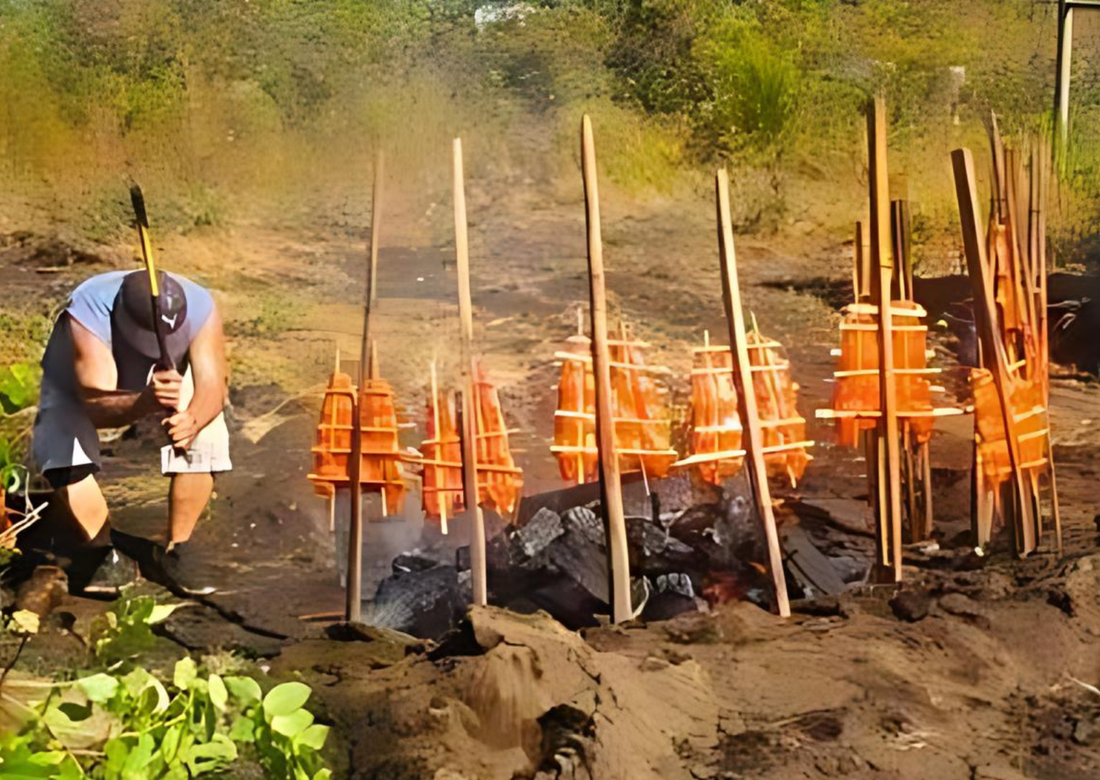
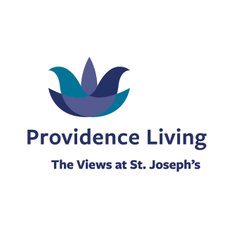
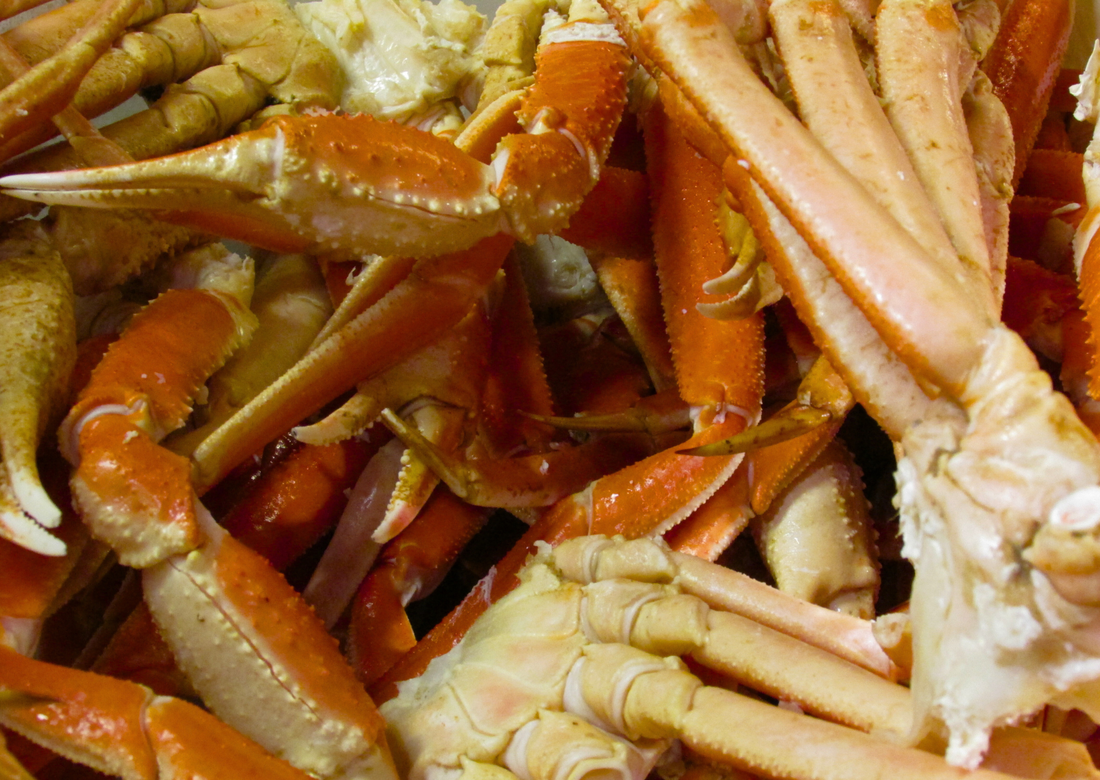

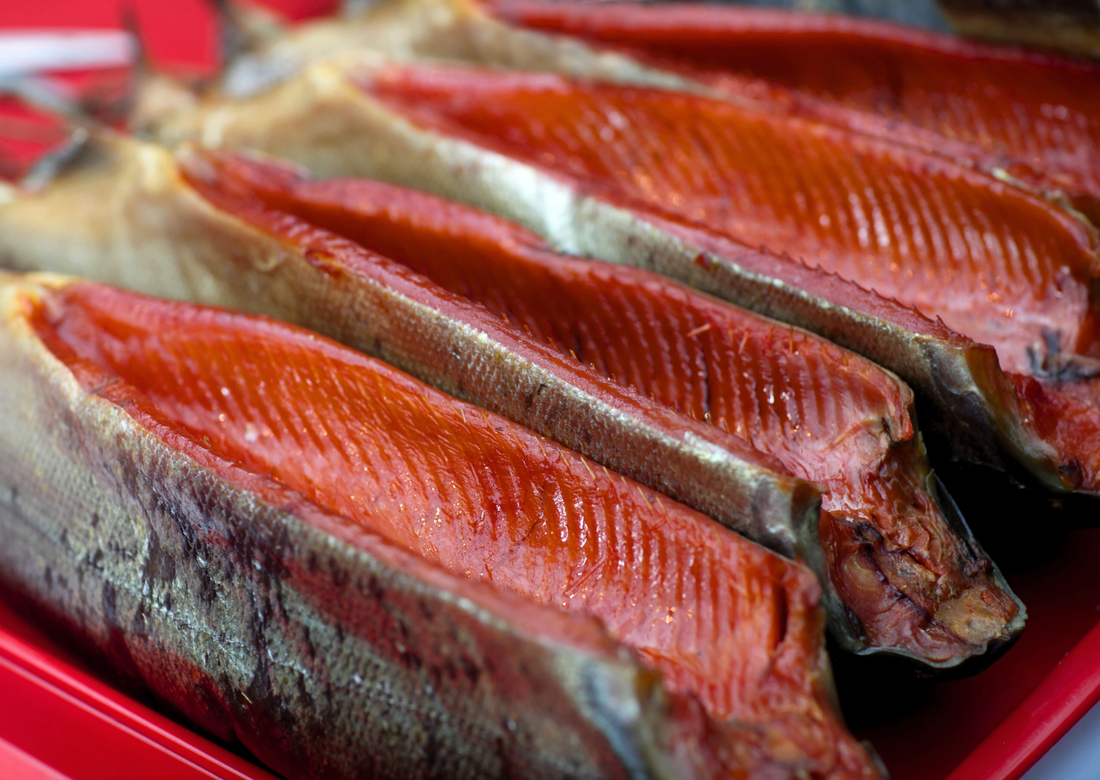
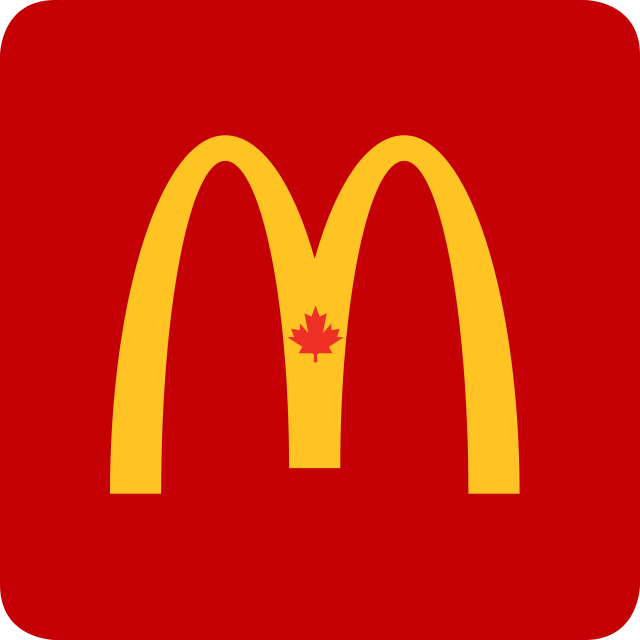
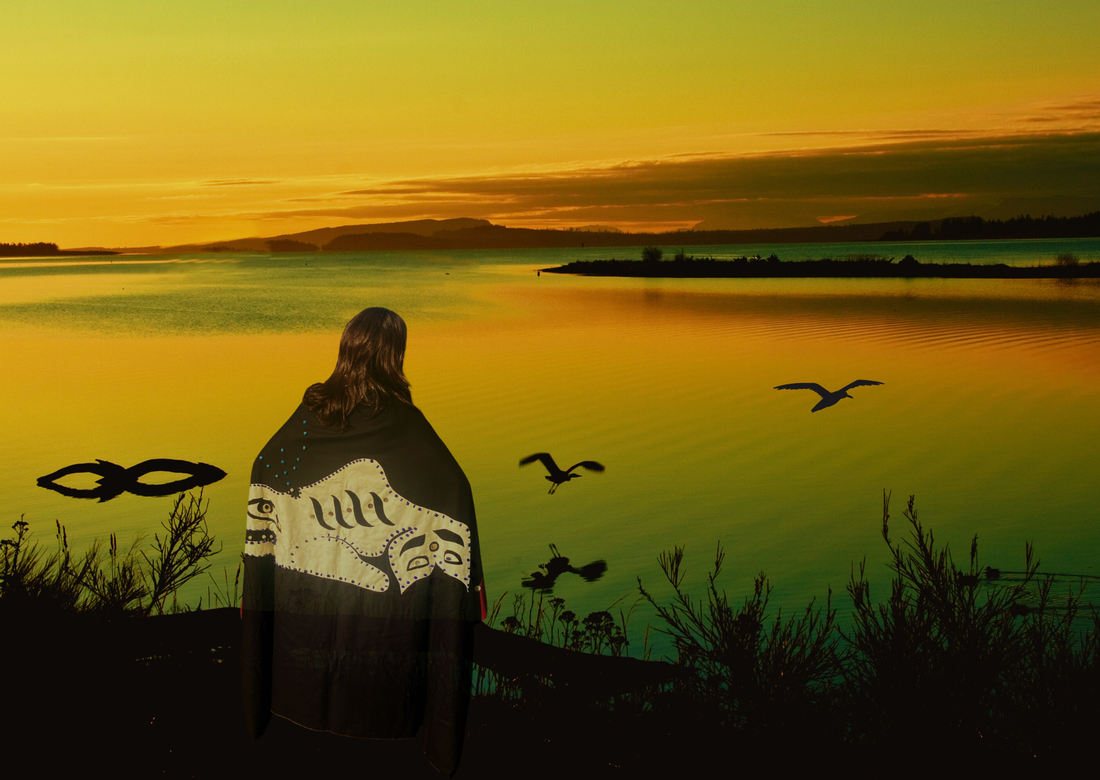
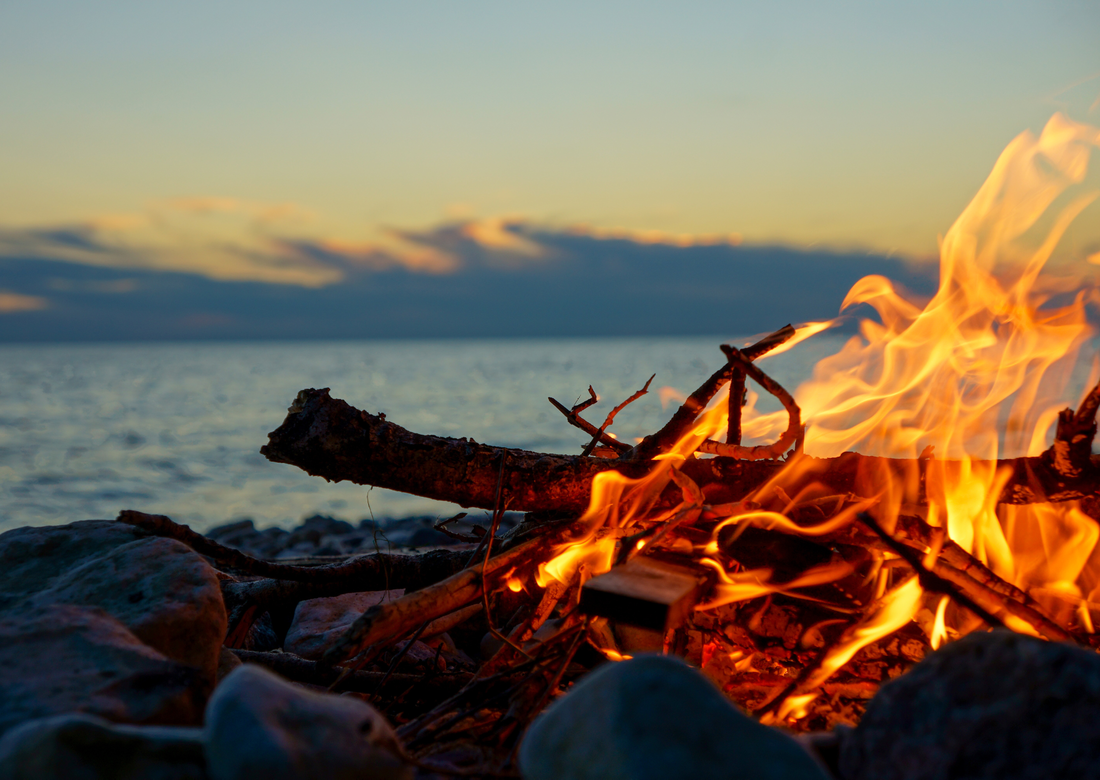
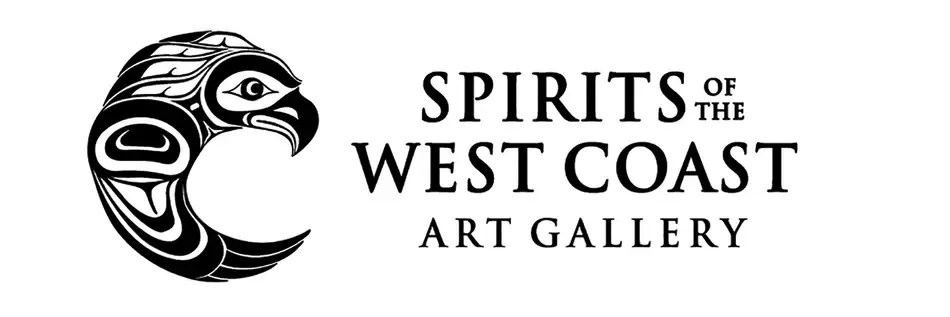

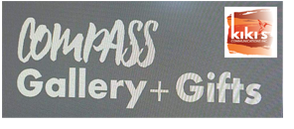
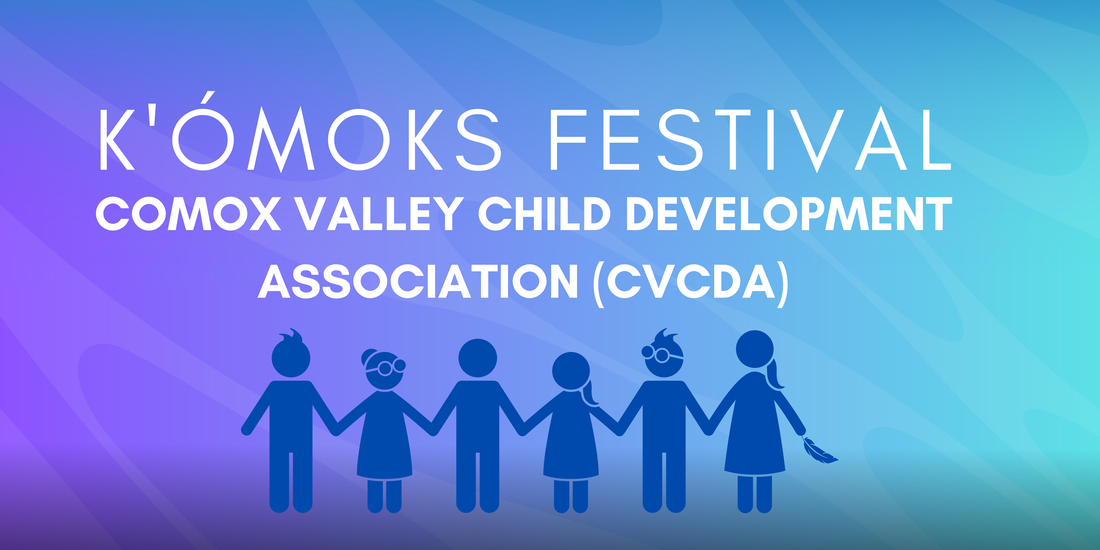

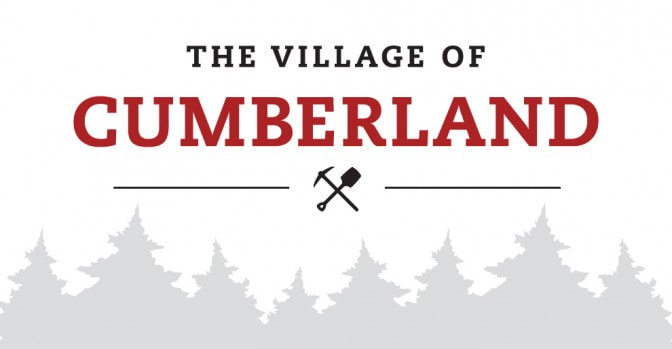
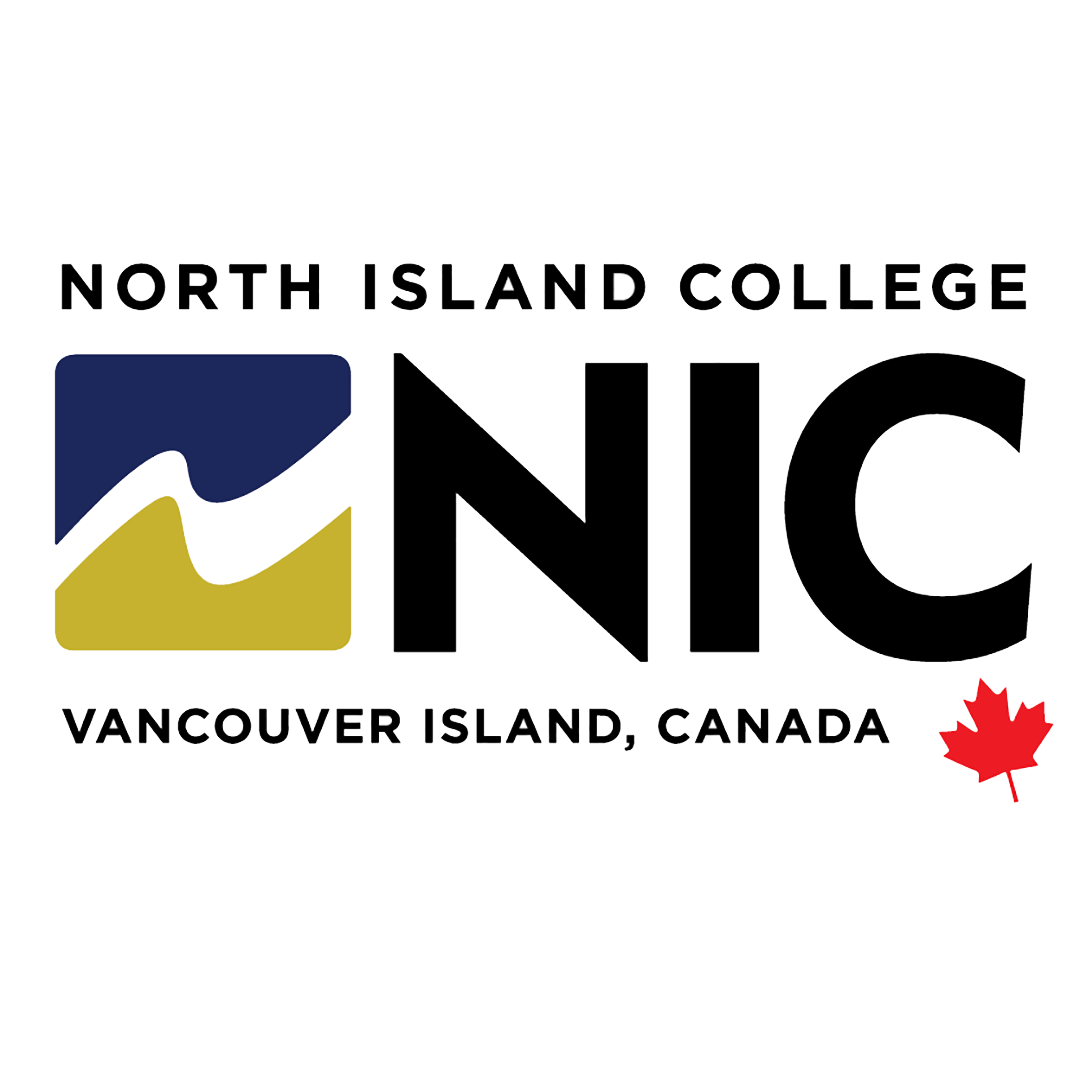

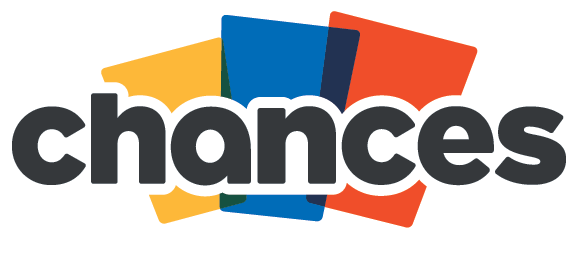
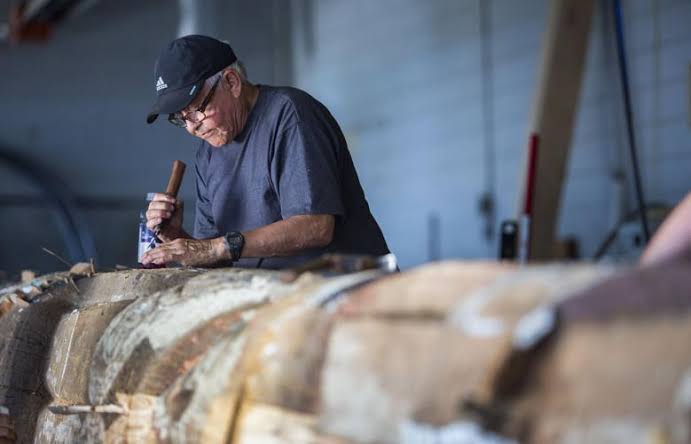
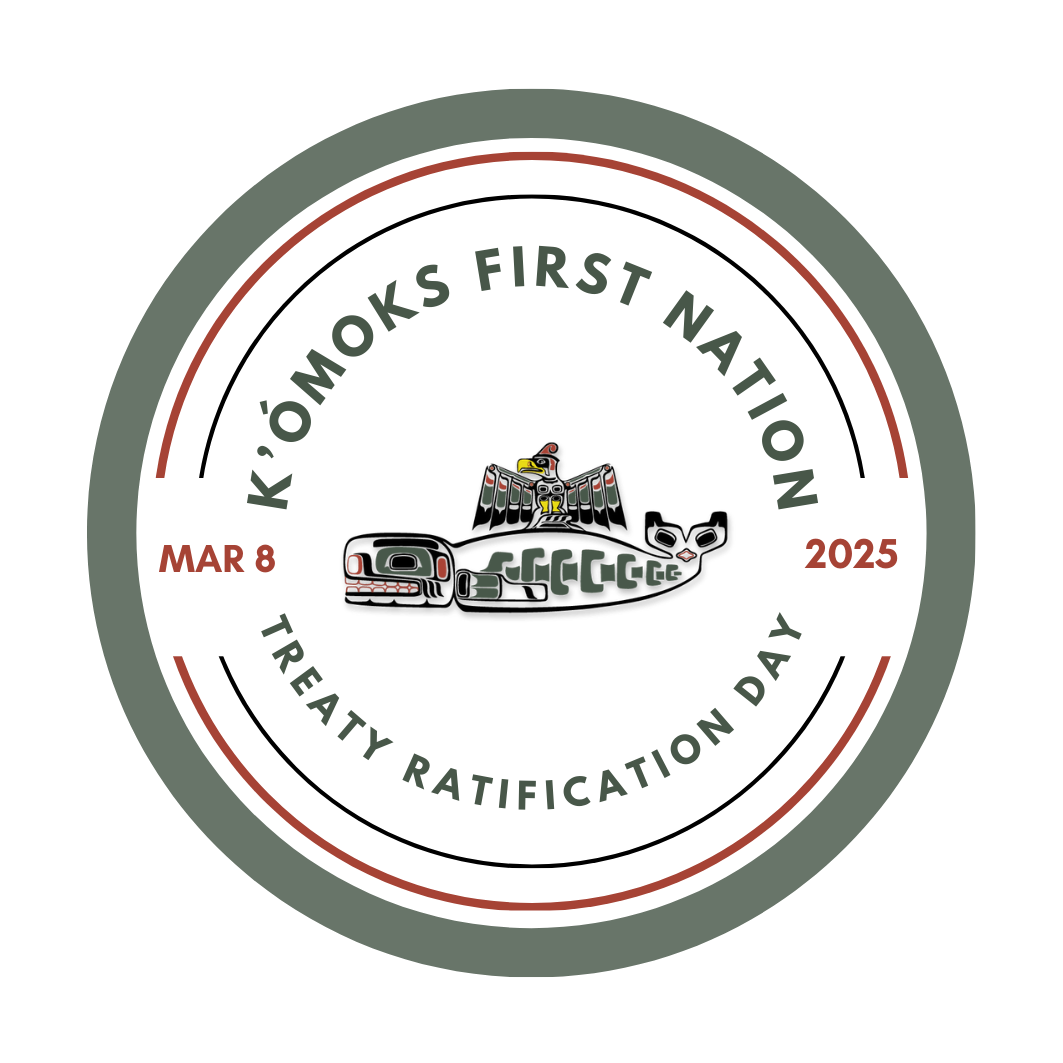
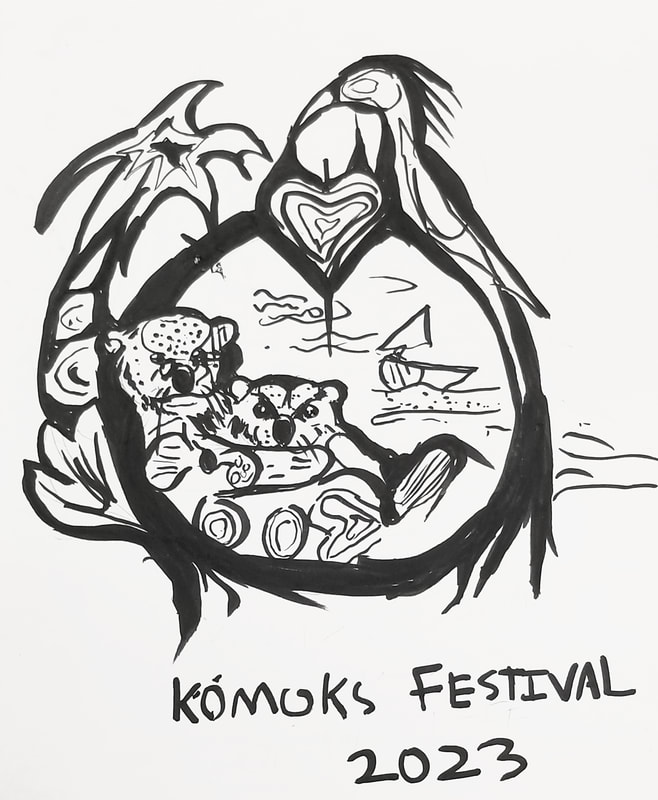
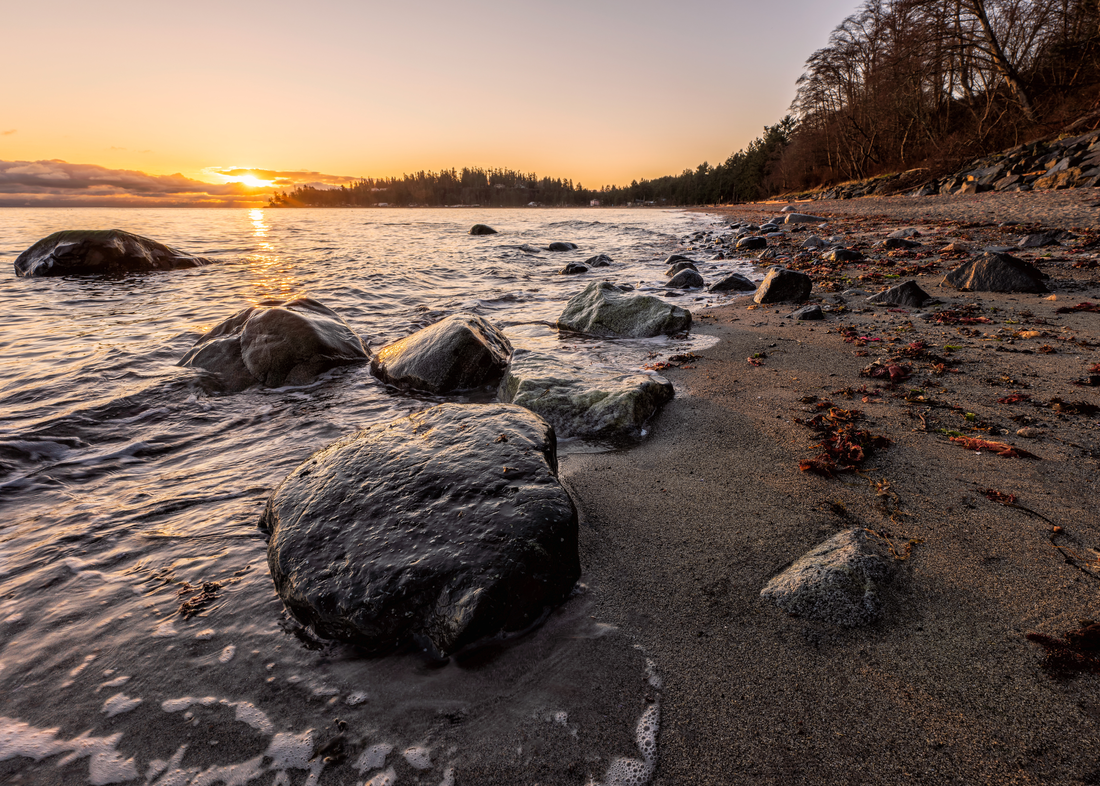
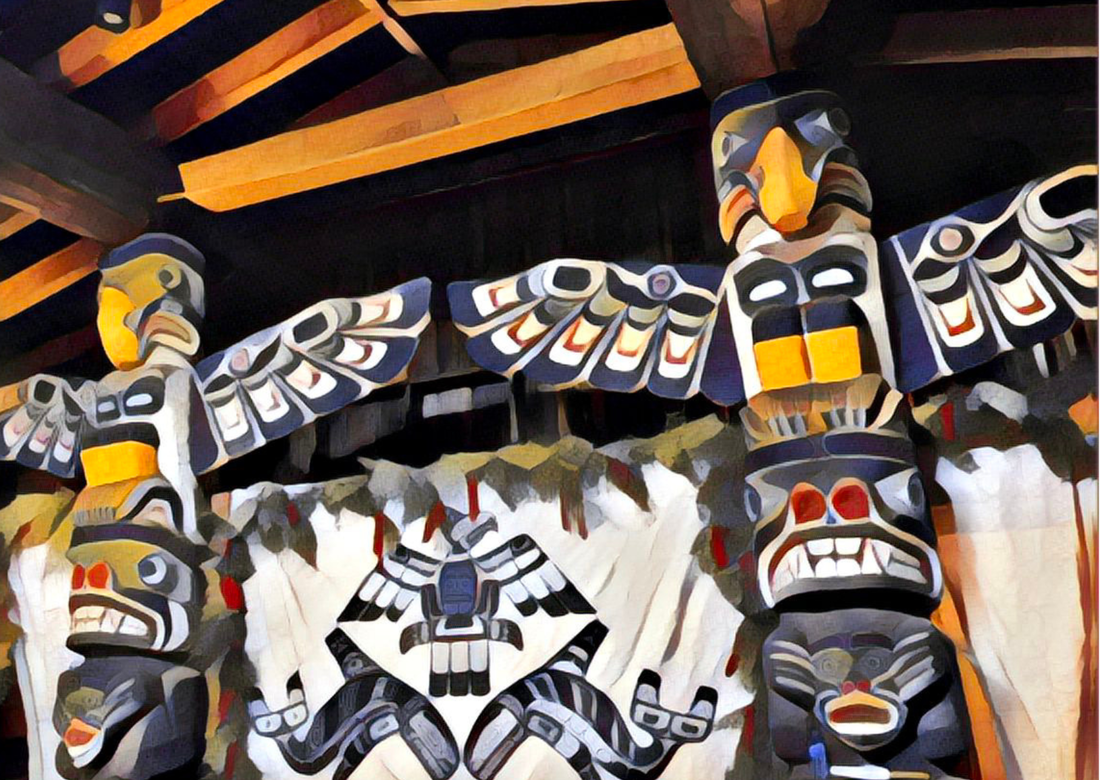
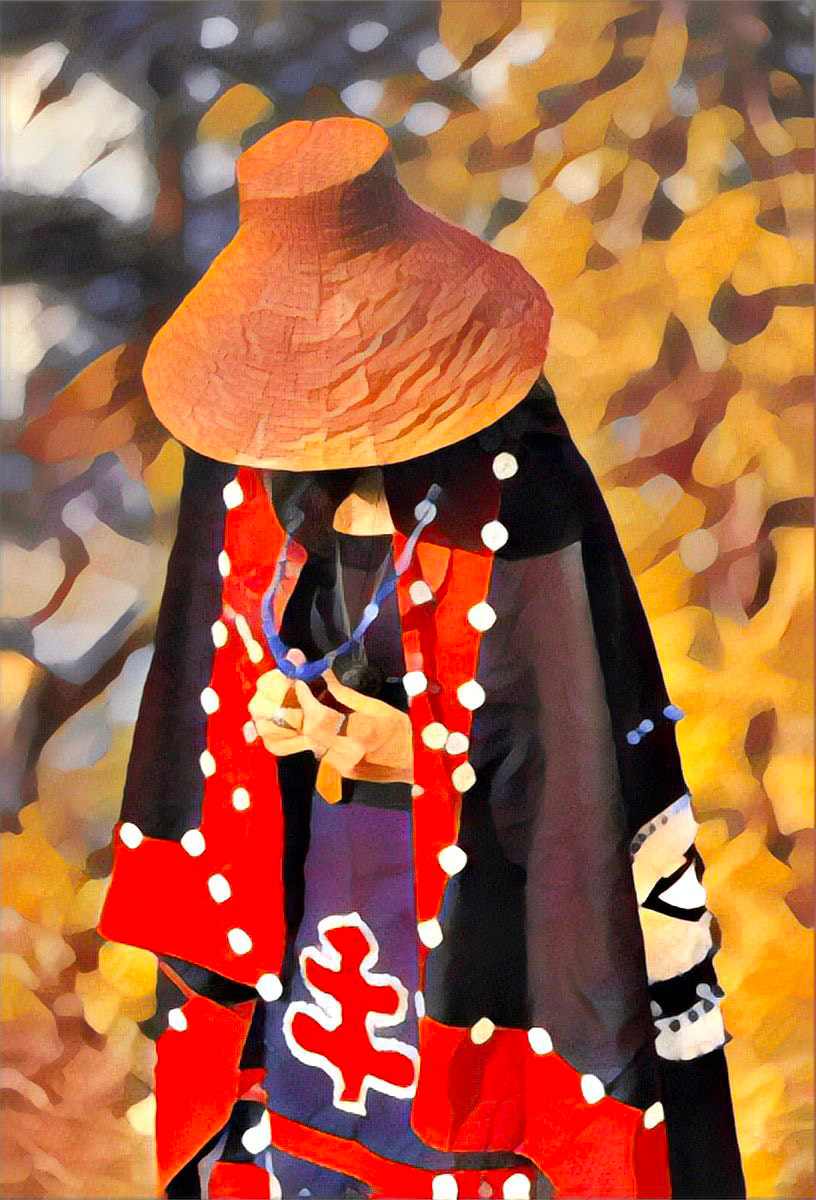

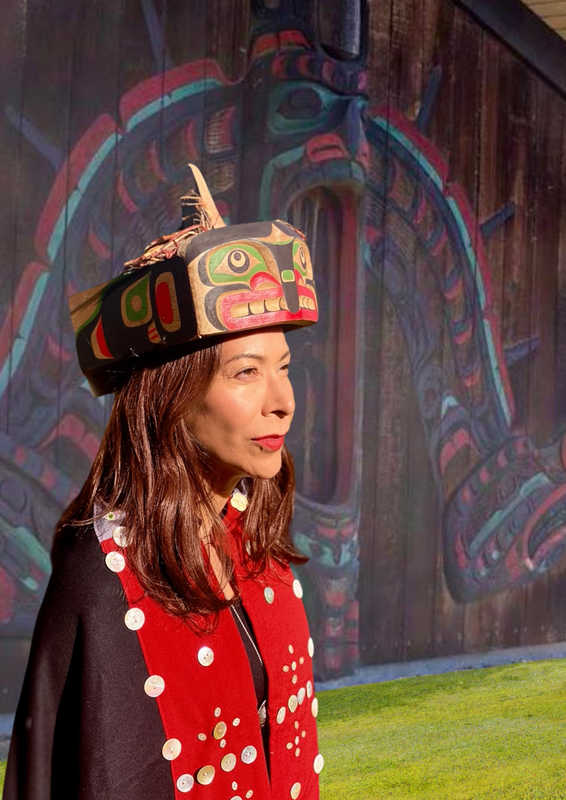
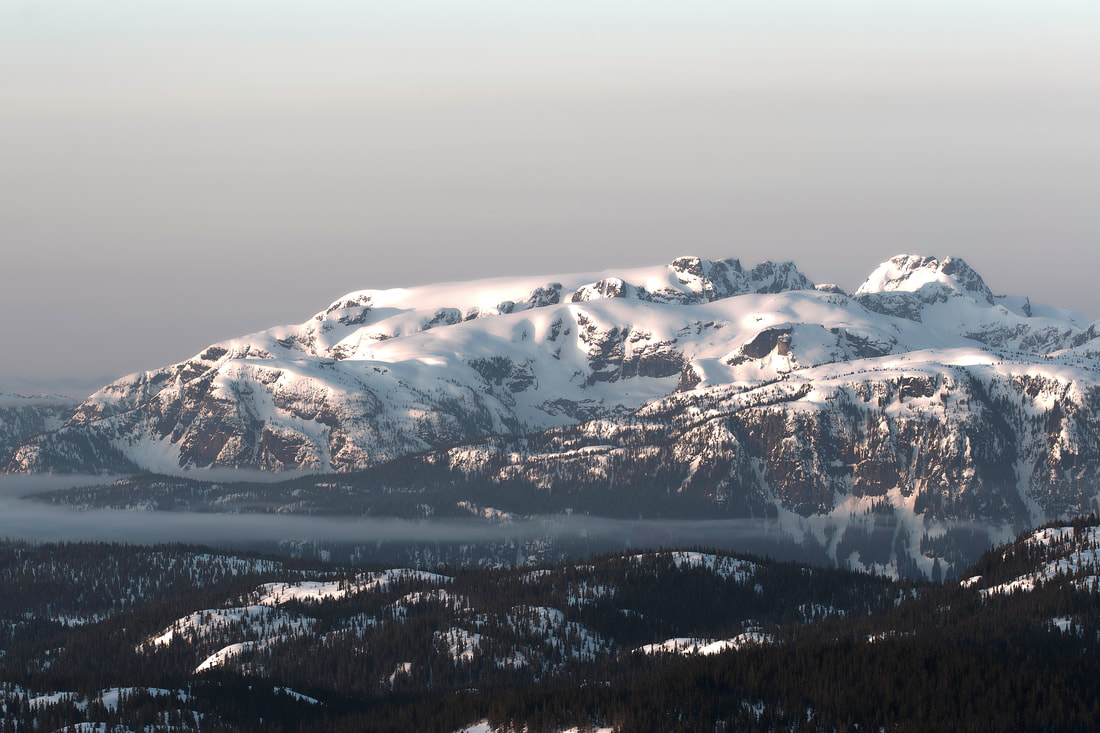
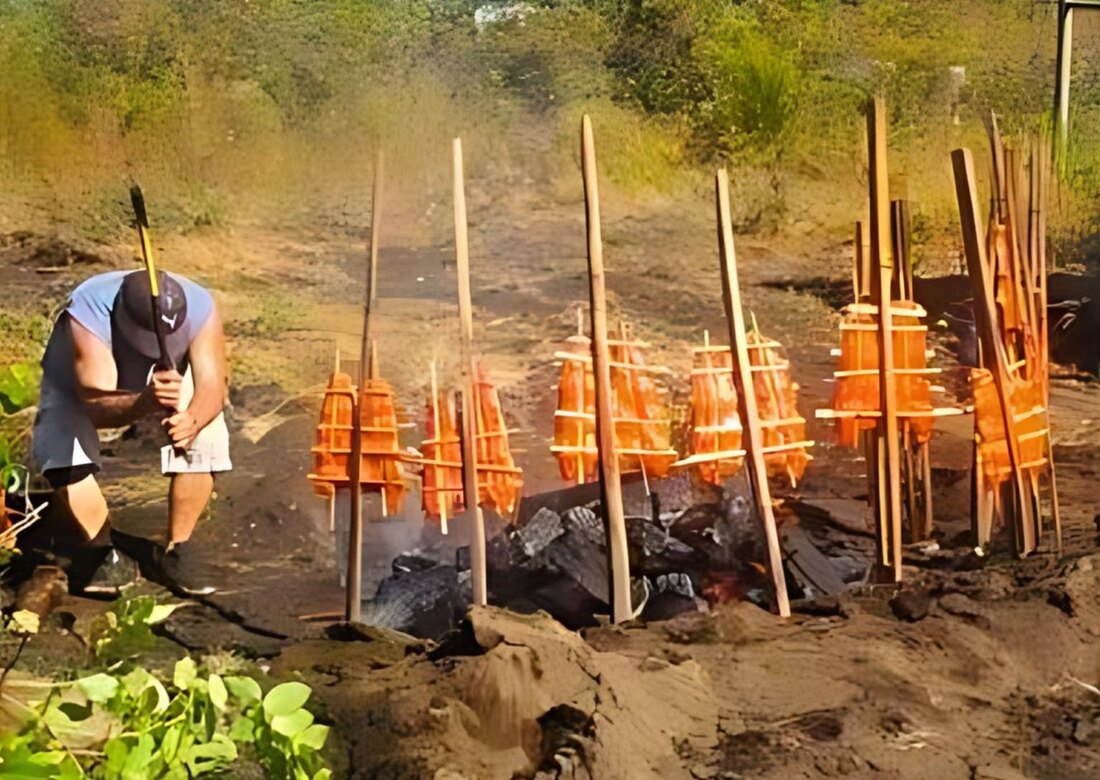

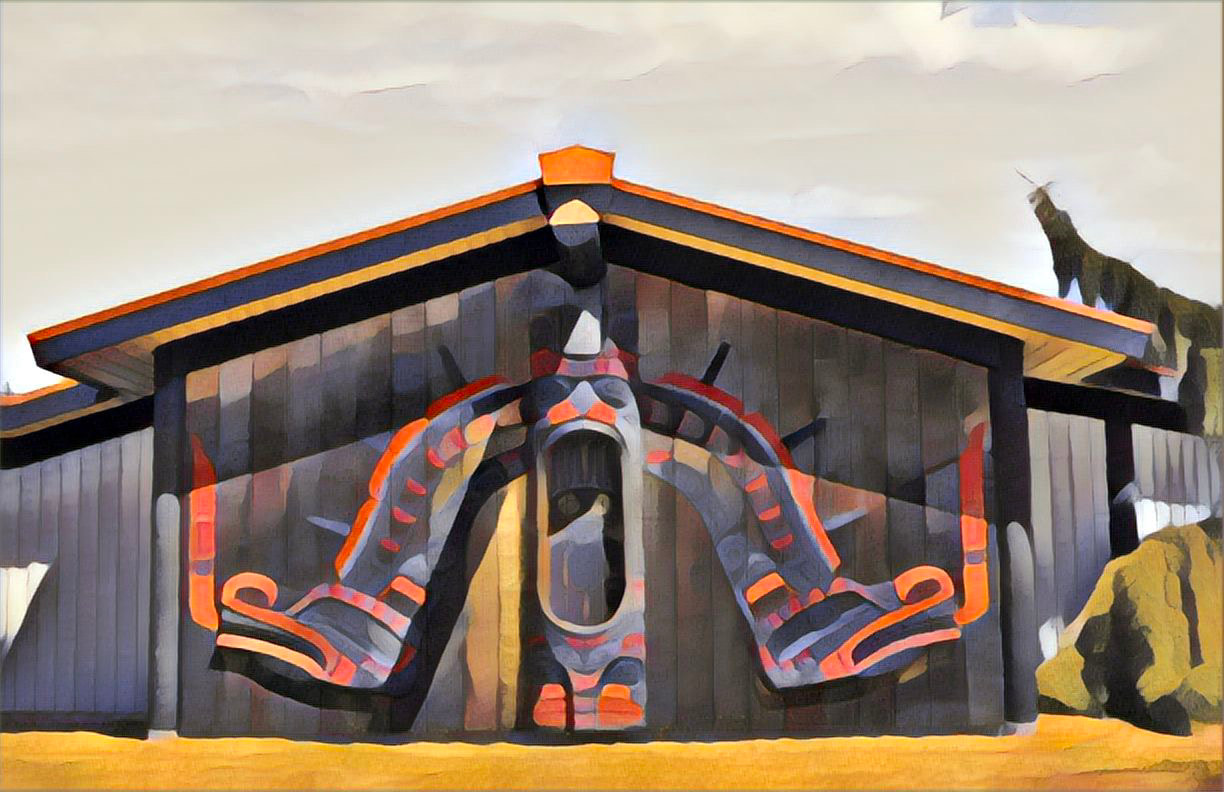
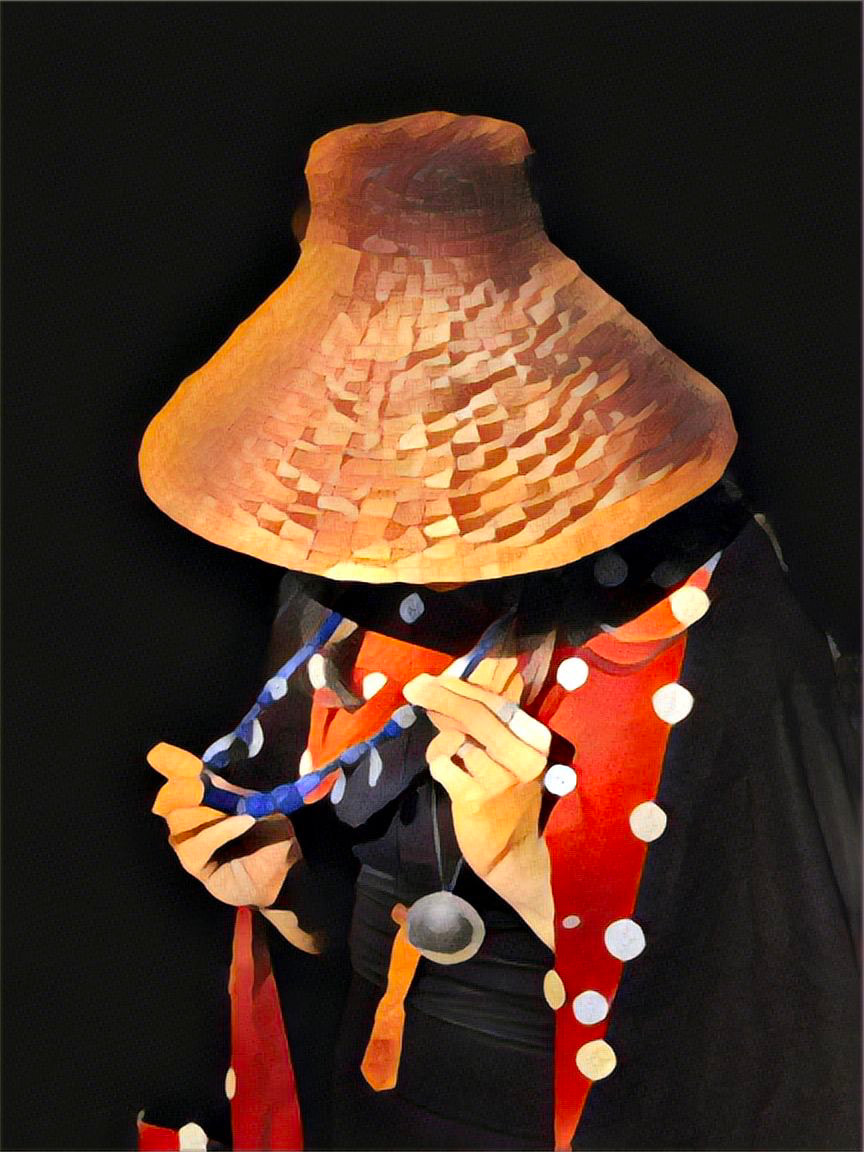
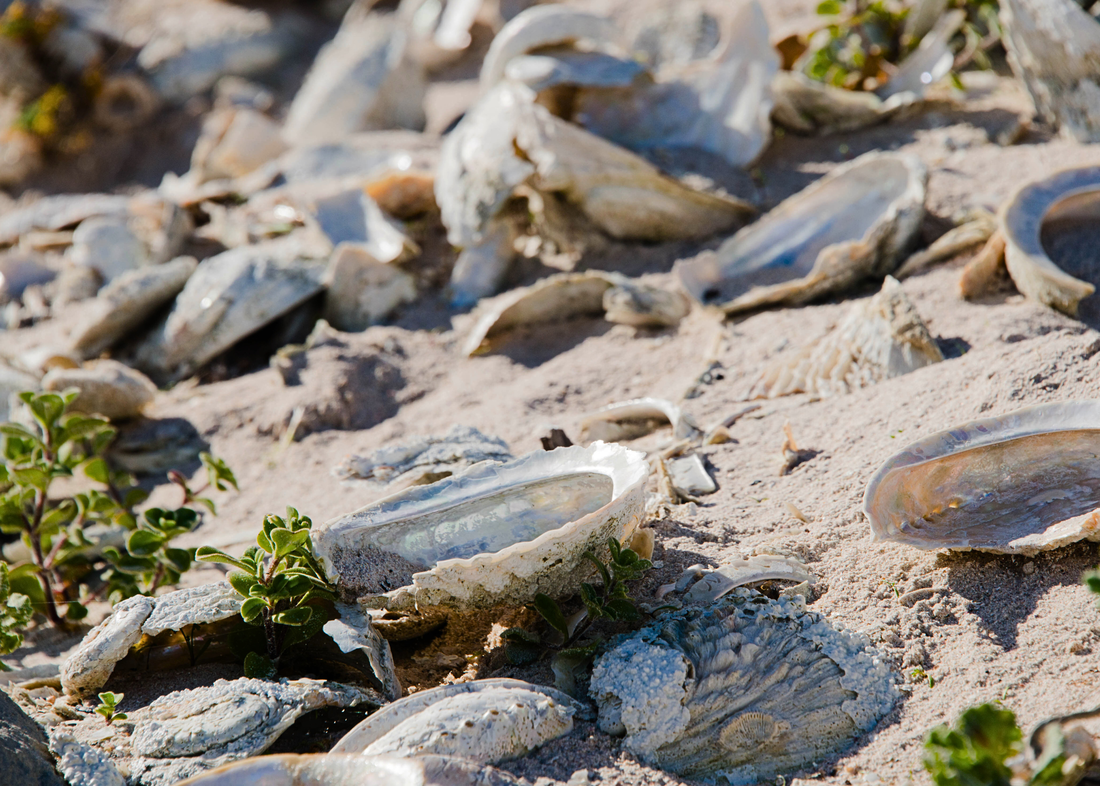
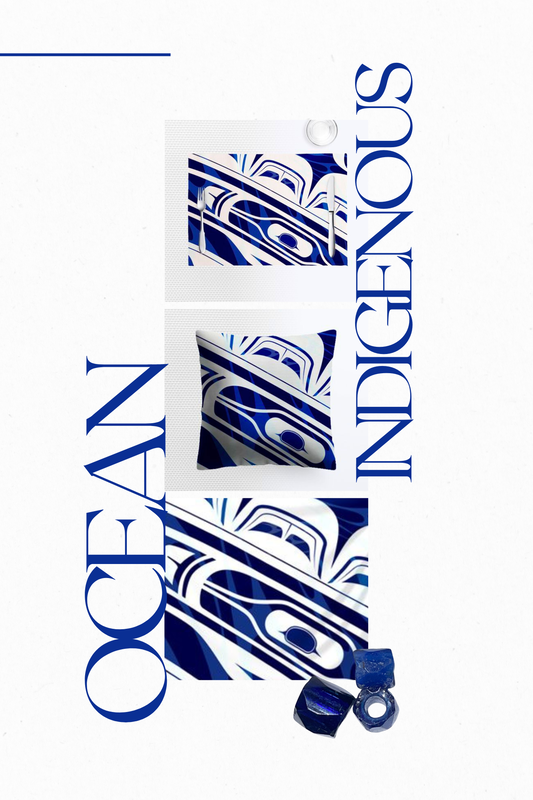
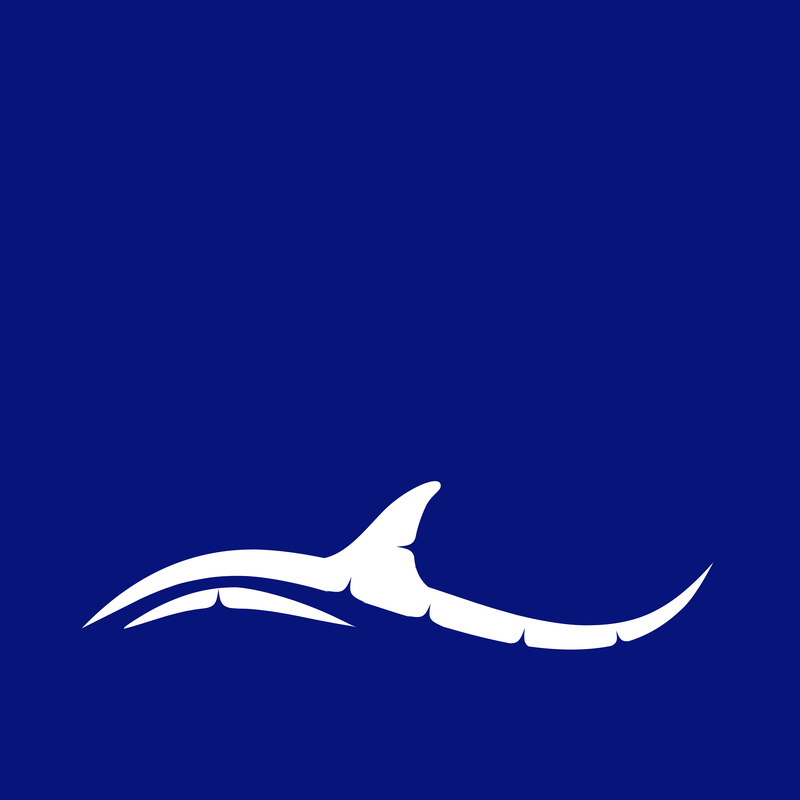
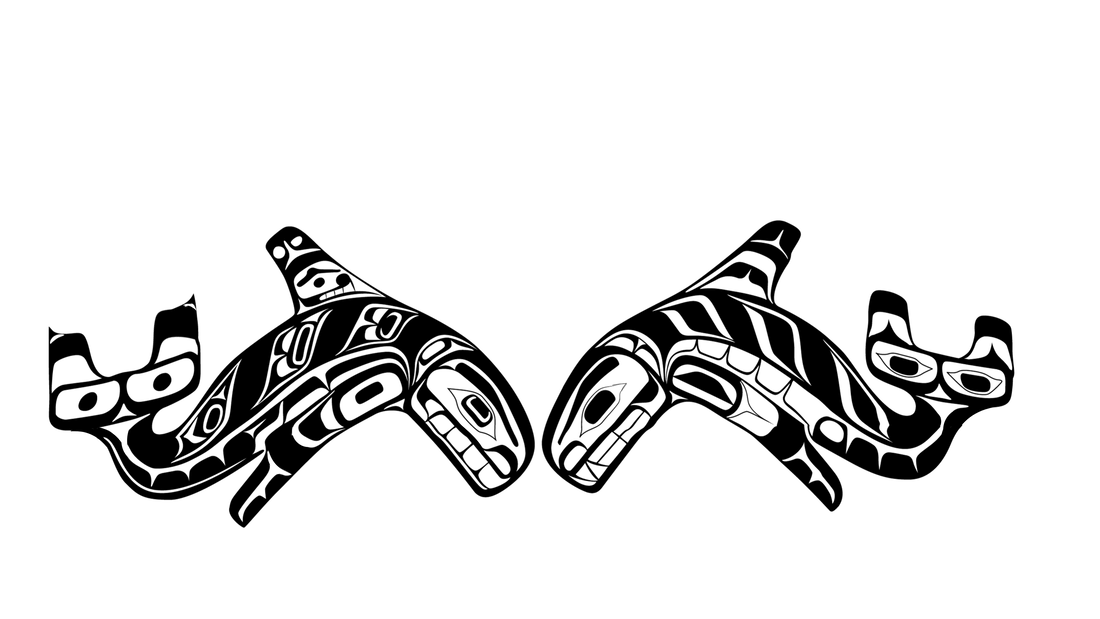
 RSS Feed
RSS Feed